Image of 1960 Chevrolet Bel Air, Note: These illustrations use artistic license and may differ from actual historical models.
Performance Metrics
Fundamental Metrics
Emotional Appeal
MMP Rating
| Engine Specifications | |
|---|---|
| Engine: | 235 cu in (3.9 L) Blue Flame I6, 283 cu in (4.6 L) Turbo Fire V8, 348 cu in (5.7 L) W-series Turbo Thrust V8 |
| Displacement: | 235-348 cu in |
| Horsepower: | 135-335 hp |
| Torque: | 217-364 lb-ft |
| Compression Ratio: | 8.25:1 - 9.5:1 |
| Ignition System: | Conventional breaker-point ignition system |
| Cooling System: | Liquid-cooled |
| Performance Specifications | |
| 0-60 Time: | 10-12 seconds |
| 1/4 Mile Time: | 17-18 seconds |
| Top Speed: | 105-120 mph |
| Transmission and Drive | |
| Drive Type: | Rear-wheel drive |
| Transmission Type: | 3-speed manual, 4-speed manual, 2-speed Powerglide automatic |
| Fuel and Efficiency | |
| Fuel System Type: | Carburetor |
| MPG: | 10-15 mpg |
| Dimensions and Brakes | |
| Brakes: | Drum brakes |
| Wheelbase: | 119.0 in |
| Weight: | 3,500-3,800 lbs |
Note: Specifications for classic cars are given to the best of our ability, considering the limited and variant data available.
Introduction
The 1960 Chevrolet Bel Air stands as a gleaming testament to the golden era of American automotive design, a time when cars were not just modes of transportation but symbols of freedom and style. Born from the bustling factories of General Motors, this iconic vehicle emerged as a cornerstone of the Chevrolet lineup, capturing the hearts of car enthusiasts with its blend of elegance and performance. The Bel Air's unique charm is rooted in its historical significance, marking a period of transition in automotive engineering and design philosophy. One particularly intriguing fact about this model is that it was part of the second-to-last generation before Chevrolet completely overhauled the Bel Air line in 1961, making it a snapshot of an era on the cusp of change.
Design and Innovation
The 1960 Chevrolet Bel Air's exterior styling was a harmonious blend of sweeping lines and poised chrome accents, exuding a sense of motion even at a standstill. Its broad grille and horizontal tailfins were emblematic of the space-age influence that pervaded automotive design at the time. Inside, passengers were greeted by an expansive dashboard and plush seating, with materials ranging from durable fabrics to luxurious vinyls. Technologically, it featured advancements such as an optional automatic transmission and power steering—innovations that heralded modern convenience. The color palette ranged from subdued tones to vibrant hues, with popular choices including Tasco Turquoise and Roman Red. The Bel Air was available in several body styles, but the two-door Sport Coupe with its pillarless hardtop design remains one of the most sought-after configurations.
Historical Significance
The 1960 Bel Air was not just another car; it was a statement on wheels that influenced future automotive trends. It stood out for its restrained use of tailfins at a time when other models were shedding them entirely or adopting more radical designs. This balance between tradition and innovation positioned the Bel Air as a bridge between eras, leaving an indelible mark on the evolution of car aesthetics.
Performance and Handling
Under the hood, the 1960 Bel Air could be equipped with a range of engines, from the dependable inline-six to the robust 348 cubic inch V8. With the latter powerplant, top speeds approached 120 mph—a respectable figure for its day—with acceleration from 0-60 mph achievable in under ten seconds. On the road, drivers appreciated its poised handling; while not sportscar-agile, it managed bumps with dignity and maintained composure on windy roads. The driving experience was characterized by a throaty engine rumble and a smooth ride that made long journeys a pleasure.
Ownership Experience
The Bel Air served many roles—from daily commuting workhorse to weekend showstopper—and even found its way onto racetracks in stock car competitions. Owners found maintenance relatively straightforward thanks to commonality with other Chevrolet models and widespread availability of parts. Reliability was typical for the era; regular upkeep could keep a Bel Air cruising for decades.
Fun Facts
This classic has had its share of limelight with rare editions like the "Bubble Top" increasing collector interest. Celebrity associations have also added to its allure; notable figures like Steve McQueen have been linked to this model. While it didn't set speed records, it did achieve sales milestones that underscored its popularity. Criticisms often centered around its size and fuel consumption—common points for vehicles from this period.
Collector's Information
Today, values for a well-maintained 1960 Chevrolet Bel Air can vary widely based on condition, originality, and options—with pristine examples fetching upwards of $50,000 or more at auction. While exact production numbers are elusive, tens of thousands were produced across all body styles, making them relatively available to collectors compared to rarer contemporaries. Over time, values have generally appreciated as enthusiasts seek out models emblematic of this bygone automotive epoch.
Conclusion
The 1960 Chevrolet Bel Air is more than just an old car; it's a rolling piece of Americana that captures an optimistic moment in history when cars reflected our grandest aspirations. Its enduring appeal lies not only in its striking design but also in how it connects us to an age where every drive promised adventure and possibility.
1960 Chevrolet Bel Air Catalog of Parts
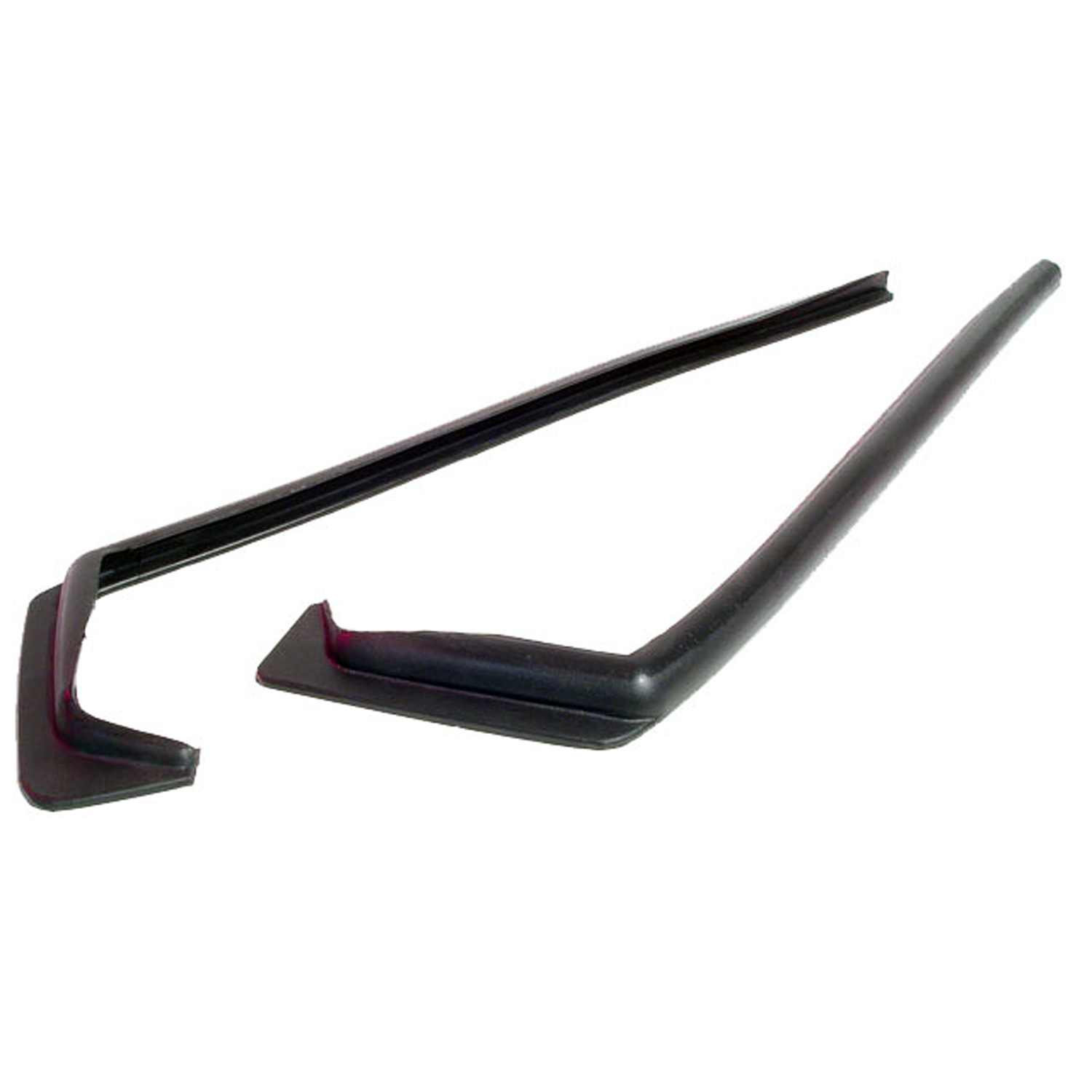 1960 Chevrolet Bel Air Upper Door Hinge Seals. Straight section 16-3/4" long-ALP 1-AUpper Door Hinge Seals. Straight section 16-3/4" long. Square hooked section 6-1/4" long. Includes four clips. Pair R & L.
1960 Chevrolet Bel Air Upper Door Hinge Seals. Straight section 16-3/4" long-ALP 1-AUpper Door Hinge Seals. Straight section 16-3/4" long. Square hooked section 6-1/4" long. Includes four clips. Pair R & L. 1960 Chevrolet Bel Air Upper Door Hinge "J" Seals. Straight section 15-1/2" long-ALP 1-BUpper Door Hinge "J" Seals. Straight section 15-1/2" long. Square hooked section 7" long, with 2 holes. Includes four clips. Pair R&L
1960 Chevrolet Bel Air Upper Door Hinge "J" Seals. Straight section 15-1/2" long-ALP 1-BUpper Door Hinge "J" Seals. Straight section 15-1/2" long. Square hooked section 7" long, with 2 holes. Includes four clips. Pair R&L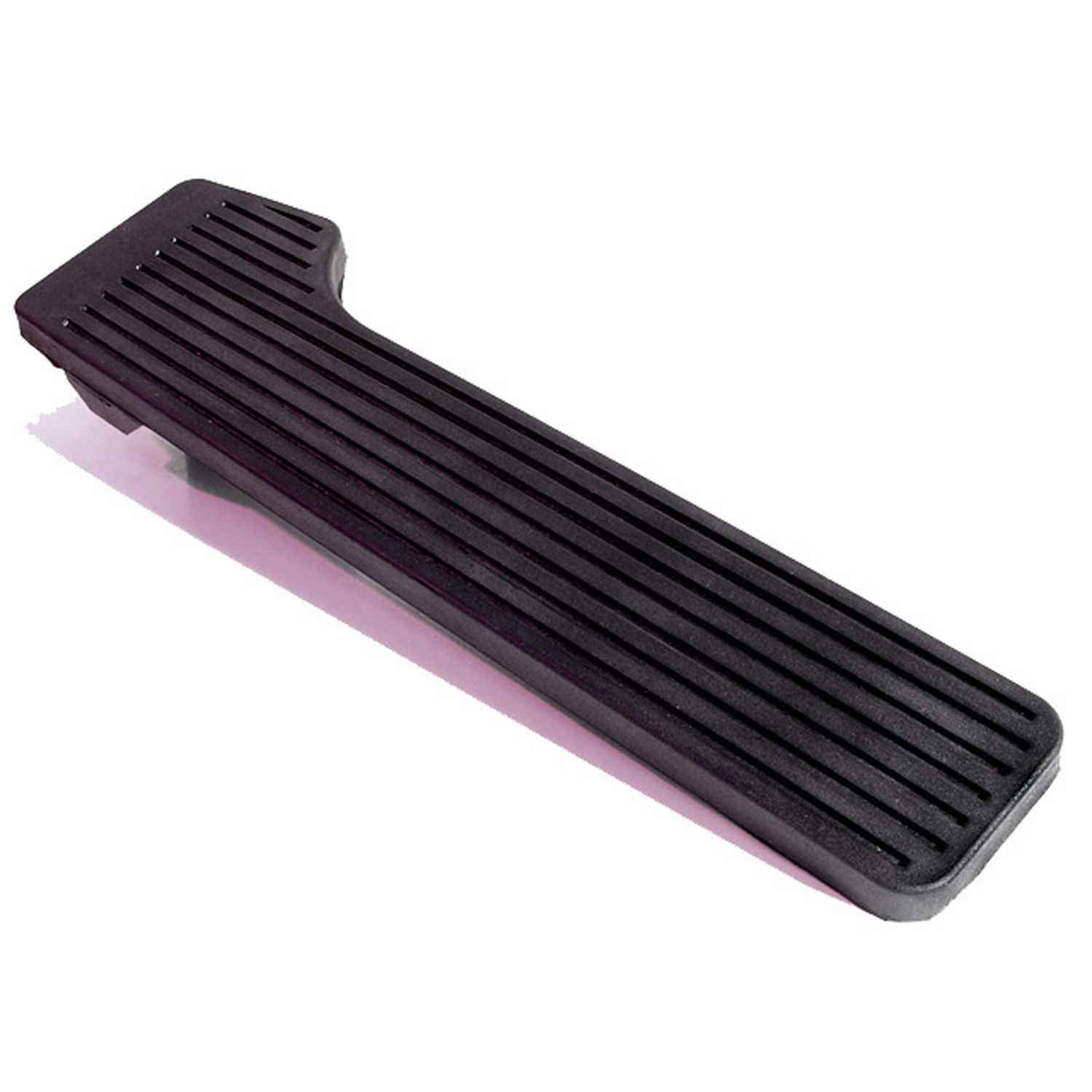 1960 Chevrolet Bel Air Accelerator Pedal Pad with flange-AP 31-AAccelerator Pedal Pad with flange, made of rubber with steel core. Also
1960 Chevrolet Bel Air Accelerator Pedal Pad with flange-AP 31-AAccelerator Pedal Pad with flange, made of rubber with steel core. Also 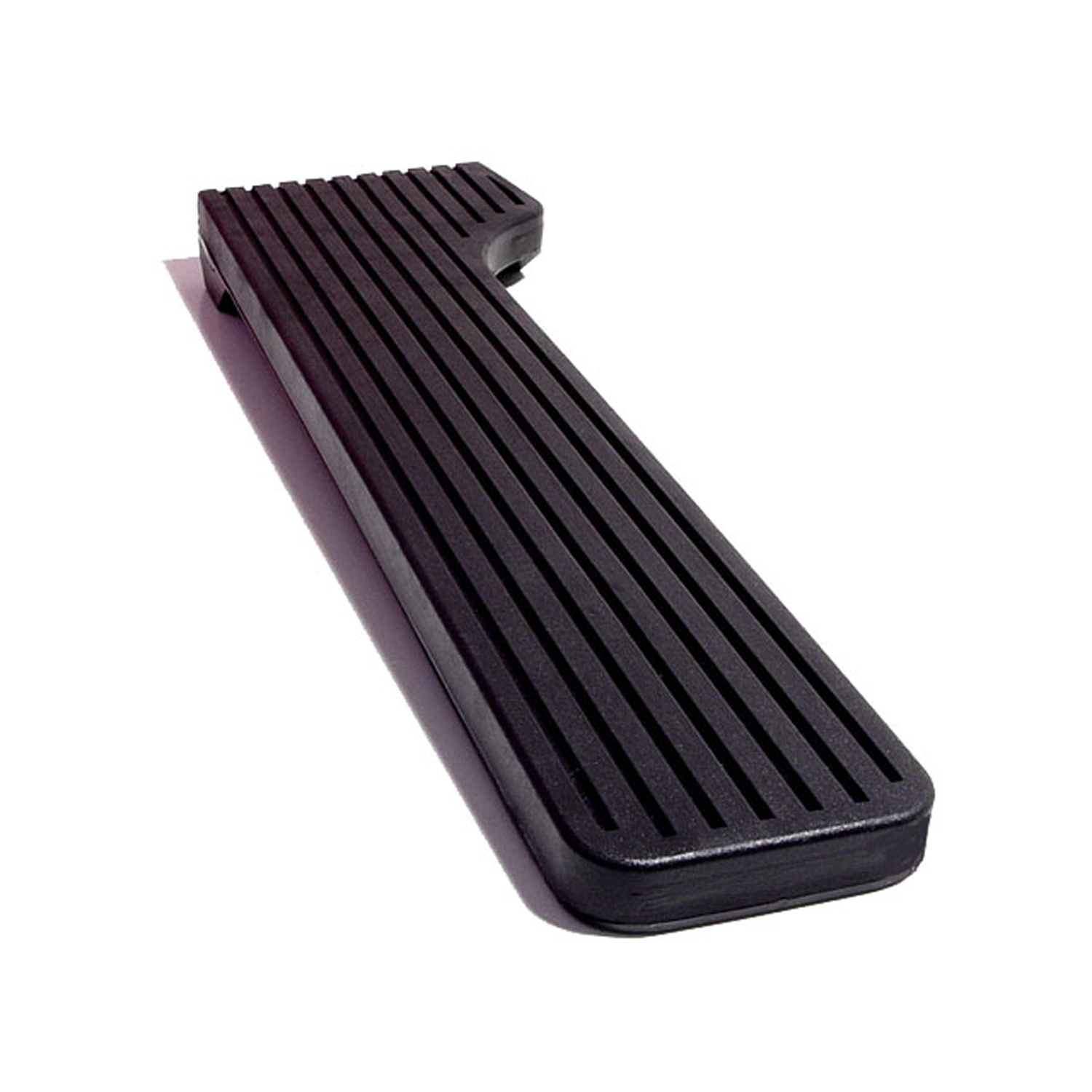 1960 Chevrolet Bel Air Accelerator Pedal Pad without flange-AP 31-BAccelerator Pedal Pad without flange, made of rubber with steel core. Also
1960 Chevrolet Bel Air Accelerator Pedal Pad without flange-AP 31-BAccelerator Pedal Pad without flange, made of rubber with steel core. Also 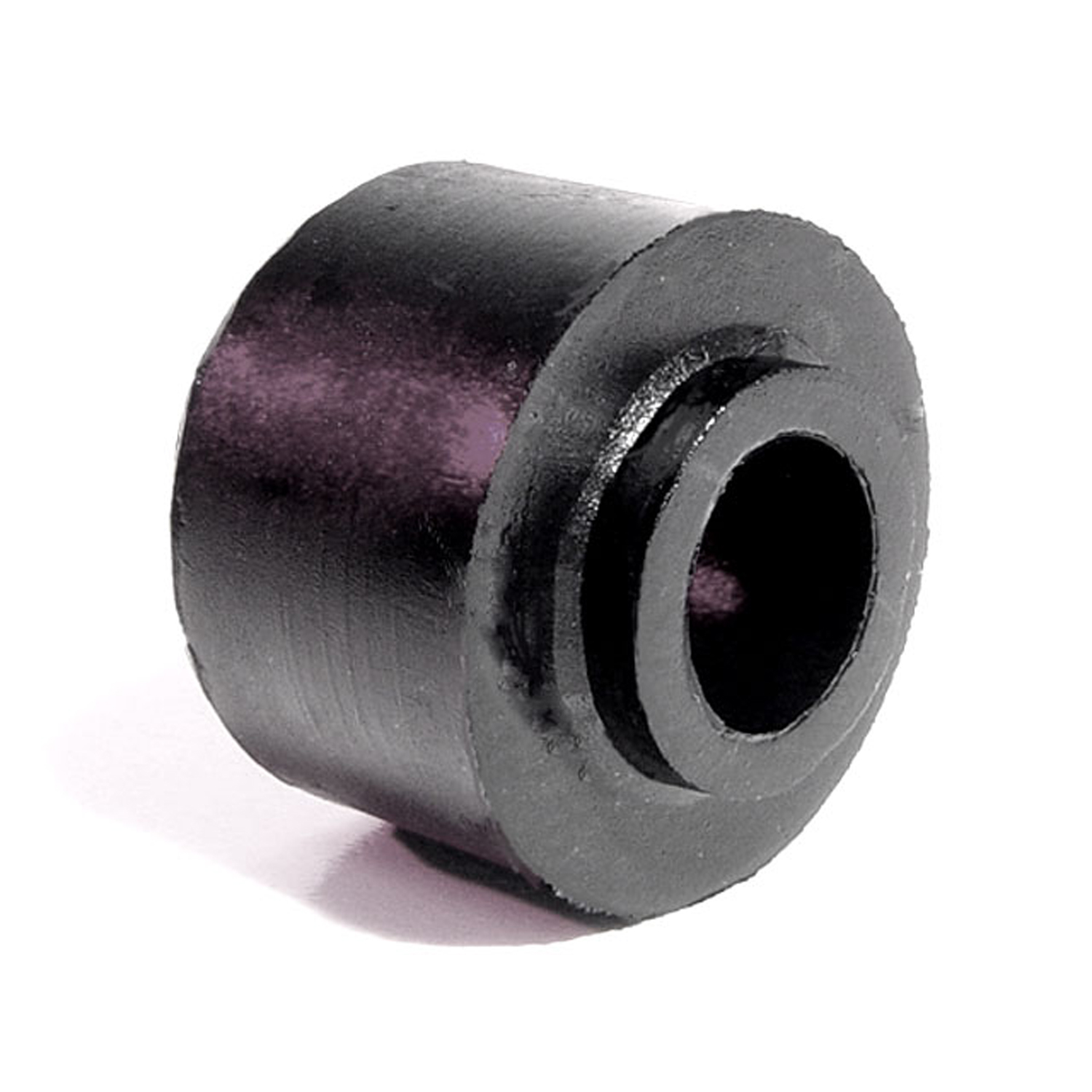 1960 Chevrolet Bel Air Shock Absorber Grommet. 1" bottom O.D., 3/4" high-BN 1Shock Absorber Grommet. 1" bottom O.D., 3/4" high., with 7/16" I.D. Each
1960 Chevrolet Bel Air Shock Absorber Grommet. 1" bottom O.D., 3/4" high-BN 1Shock Absorber Grommet. 1" bottom O.D., 3/4" high., with 7/16" I.D. Each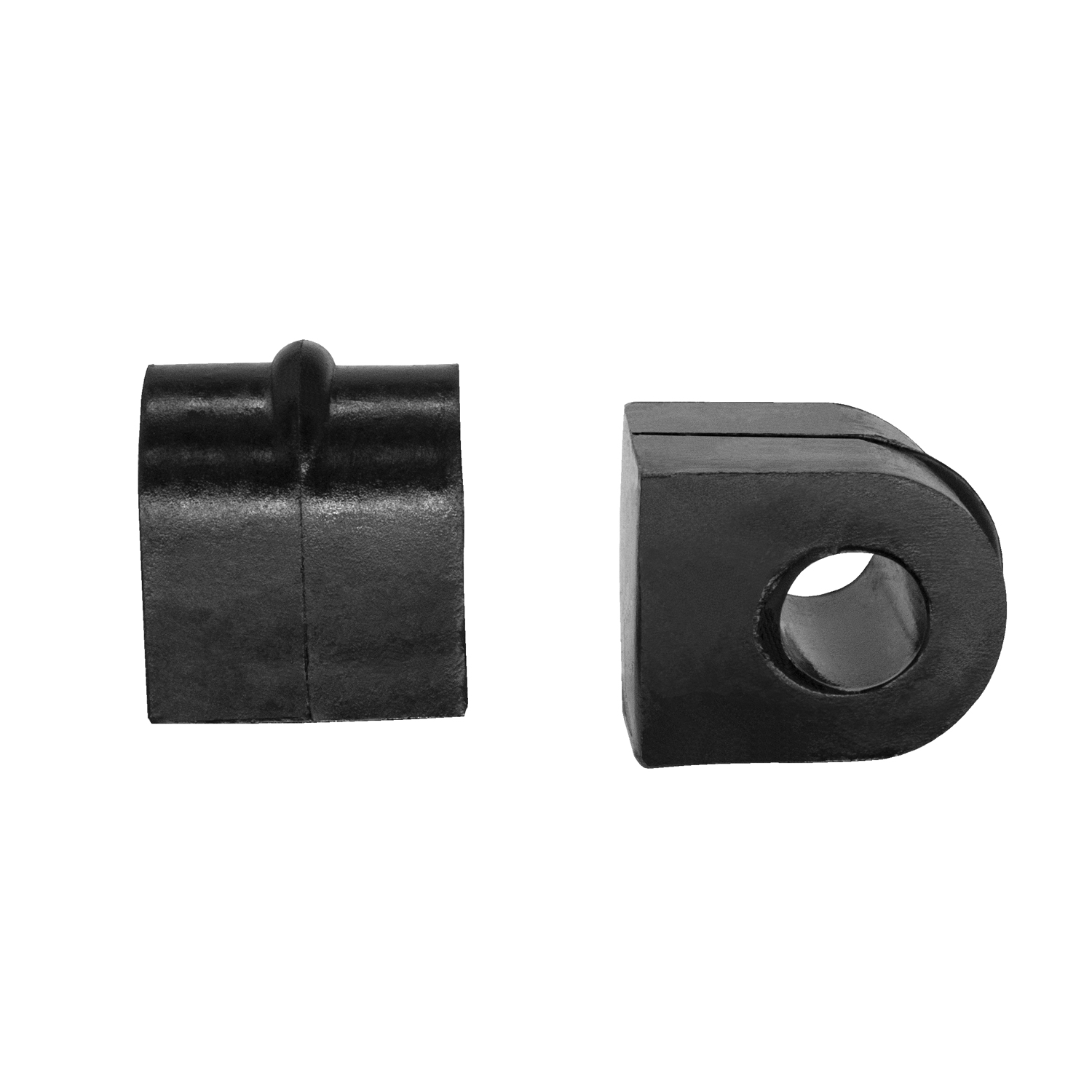 1960 Chevrolet Bel Air Front Stabilizer Bushings. Made of the best rubber-BN 105Front Stabilizer Bushings. Made of the best rubber. 1-1/2" high X 1-7/16" long. Pair
1960 Chevrolet Bel Air Front Stabilizer Bushings. Made of the best rubber-BN 105Front Stabilizer Bushings. Made of the best rubber. 1-1/2" high X 1-7/16" long. Pair 1960 Chevrolet Bel Air Shock Absorber Grommet. 1" bottom O.D-BN 11Shock Absorber Grommet. 1" bottom O.D., 3/4" high, with 5/8" I.D. Each
1960 Chevrolet Bel Air Shock Absorber Grommet. 1" bottom O.D-BN 11Shock Absorber Grommet. 1" bottom O.D., 3/4" high, with 5/8" I.D. Each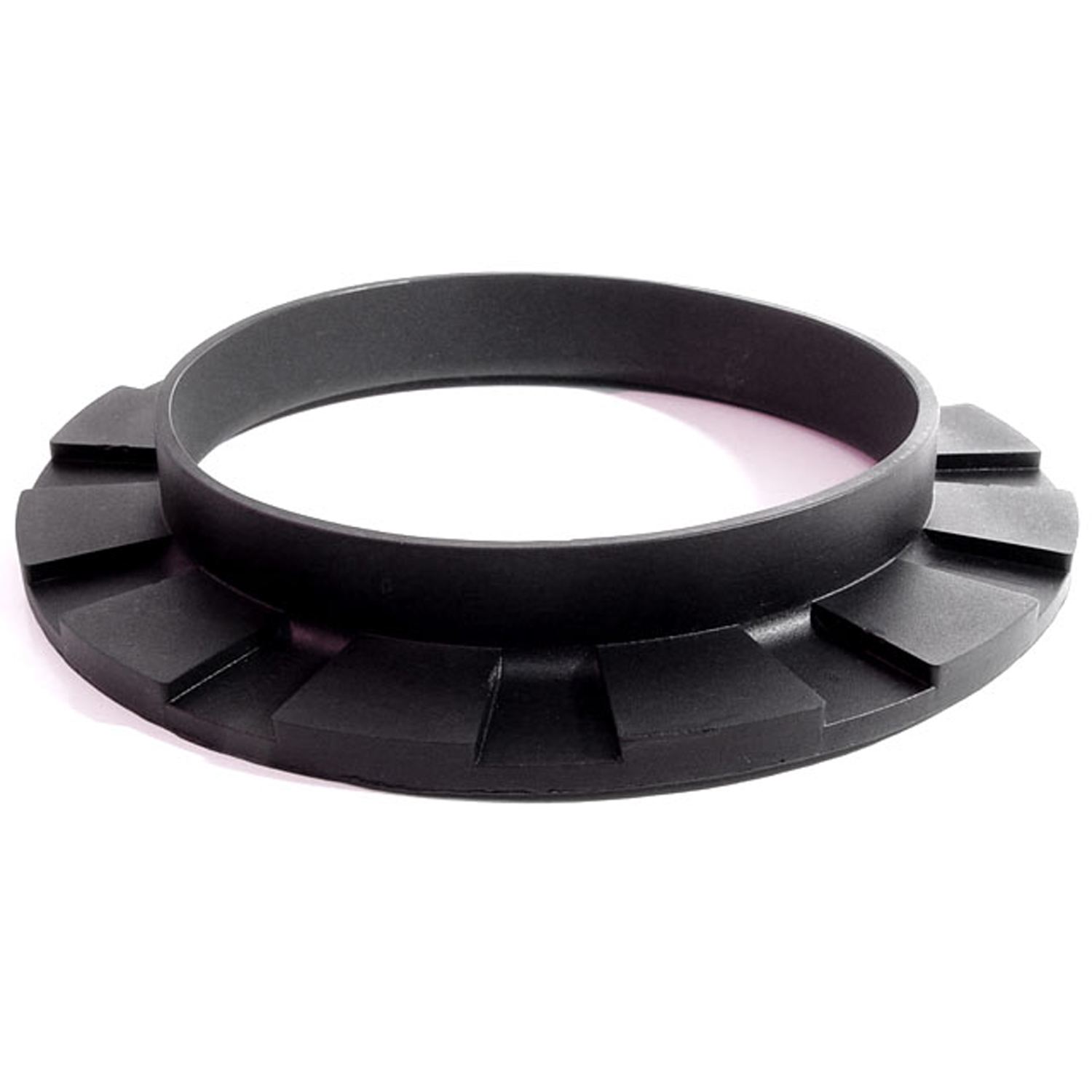 1960 Chevrolet Bel Air Front coil-spring insulator-BN 110Front coil-spring insulator. Fits '41-'60 Oldsmobile and '50-'83 GM passenger models. 5-3/8 in. OD x 3-3/4 in. ID x 3/4 in. high with 13/16 in. wide bottom flange 1/4" thick, 12 flutes. Each.
1960 Chevrolet Bel Air Front coil-spring insulator-BN 110Front coil-spring insulator. Fits '41-'60 Oldsmobile and '50-'83 GM passenger models. 5-3/8 in. OD x 3-3/4 in. ID x 3/4 in. high with 13/16 in. wide bottom flange 1/4" thick, 12 flutes. Each.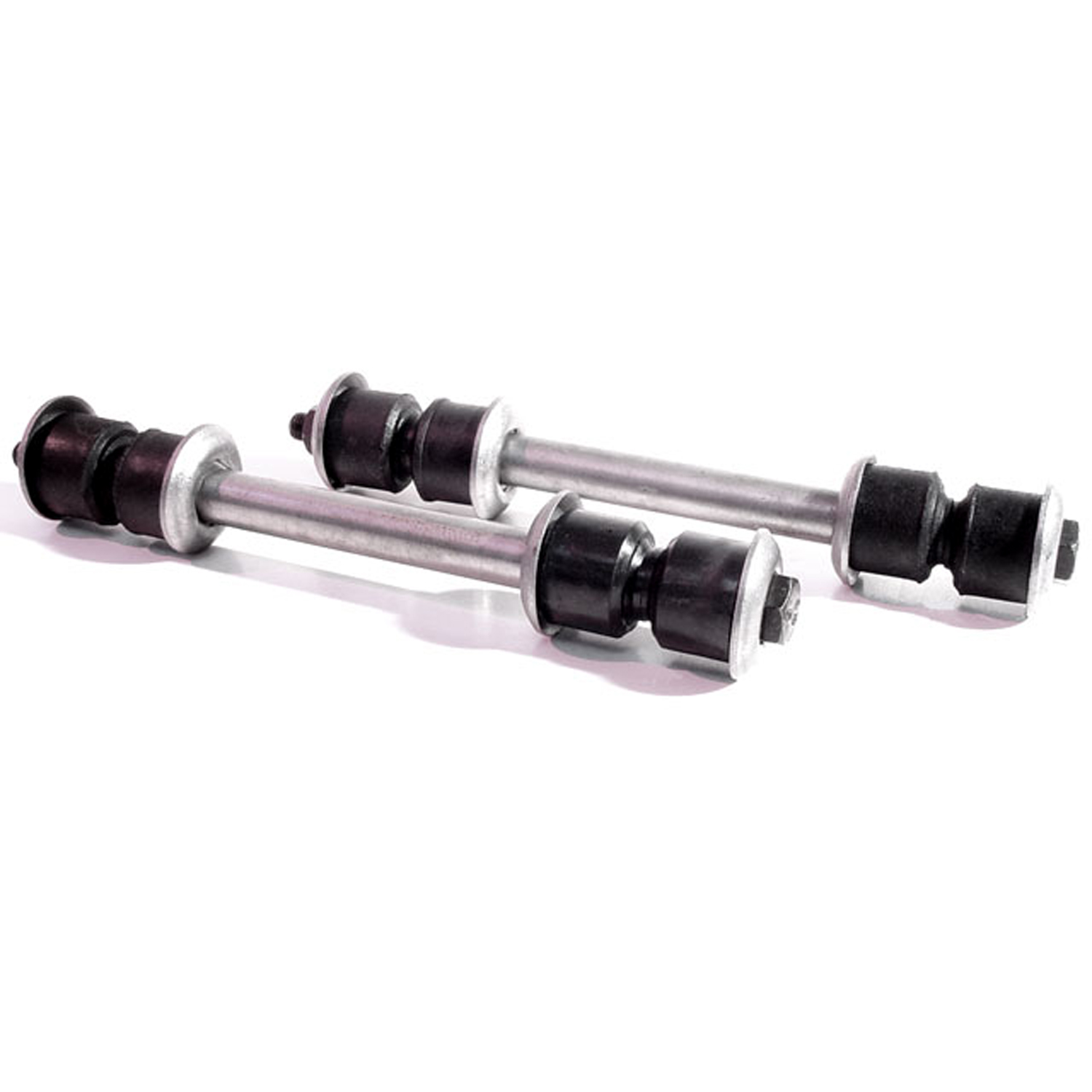 1960 Chevrolet Bel Air Front Stabilizer End Repair Kit-BNK 20Front Stabilizer End Repair Kit. 22-piece set for two stabilizer bars. Contains all rubber bushings, washers, bolts and nuts, enough for one front end. Set
1960 Chevrolet Bel Air Front Stabilizer End Repair Kit-BNK 20Front Stabilizer End Repair Kit. 22-piece set for two stabilizer bars. Contains all rubber bushings, washers, bolts and nuts, enough for one front end. Set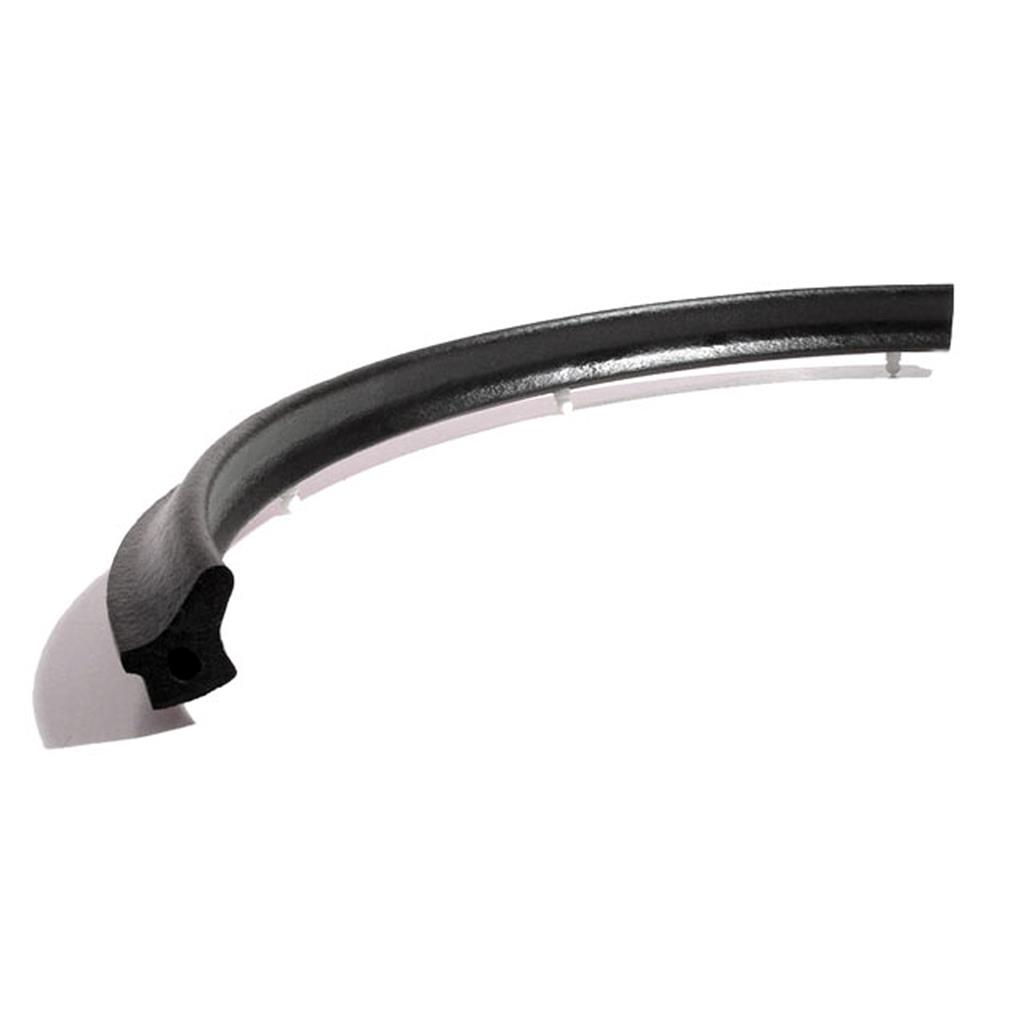 1960 Chevrolet Bel Air Door Side Seal ('64-'66 some models)-C/LP 40-DDoor Side Seal ('64-'66 some models). Smooth skin-covered sponge with clips already installed, 4" apart. For seal without clips, see LP 40-D. Sold by the foot.
1960 Chevrolet Bel Air Door Side Seal ('64-'66 some models)-C/LP 40-DDoor Side Seal ('64-'66 some models). Smooth skin-covered sponge with clips already installed, 4" apart. For seal without clips, see LP 40-D. Sold by the foot.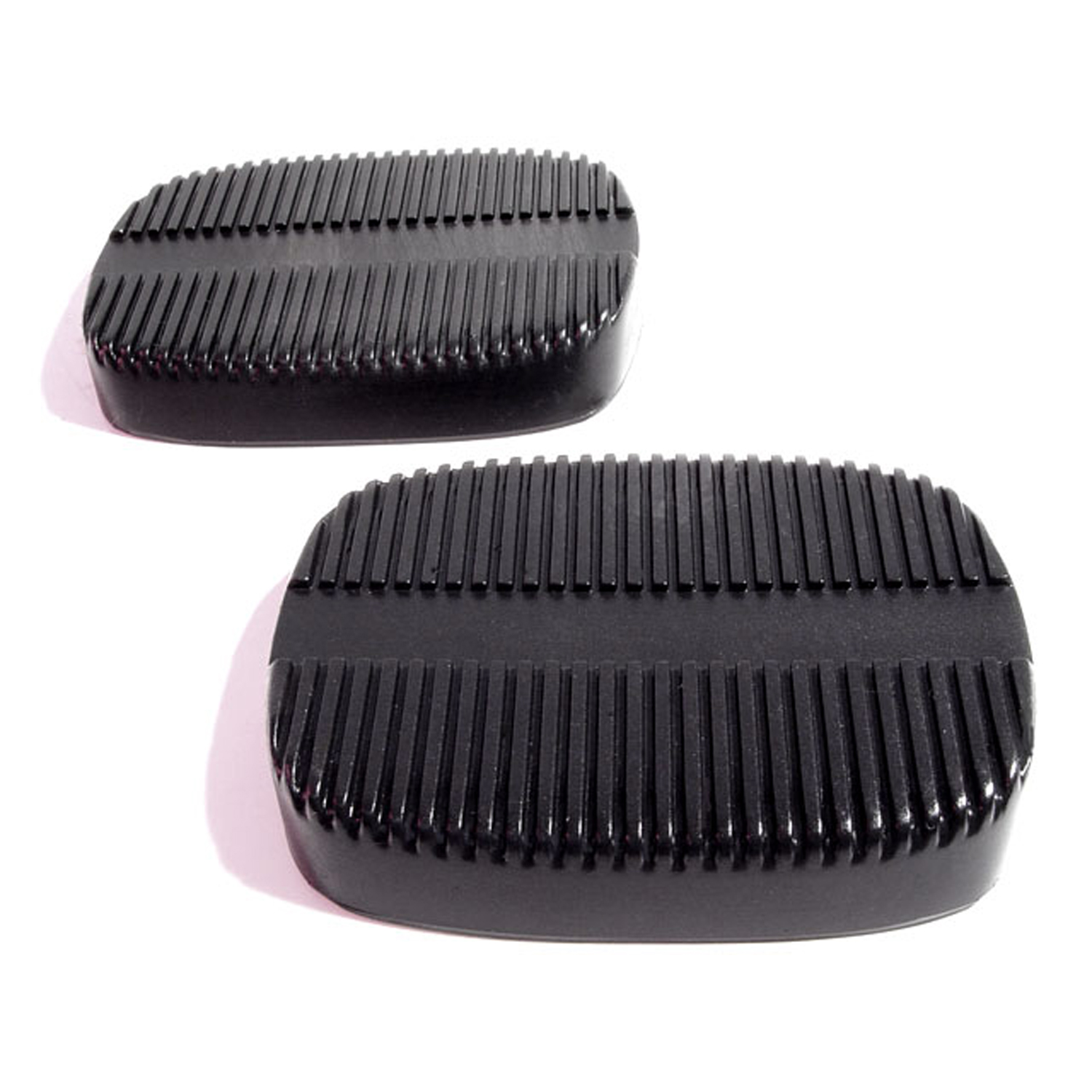 1960 Chevrolet Bel Air Clutch and Brake Pedal Pads. 2-5/8" wide X 3-5/8" long-CB 101Clutch and Brake Pedal Pads. 2-5/8" wide X 3-5/8" long. Pair
1960 Chevrolet Bel Air Clutch and Brake Pedal Pads. 2-5/8" wide X 3-5/8" long-CB 101Clutch and Brake Pedal Pads. 2-5/8" wide X 3-5/8" long. Pair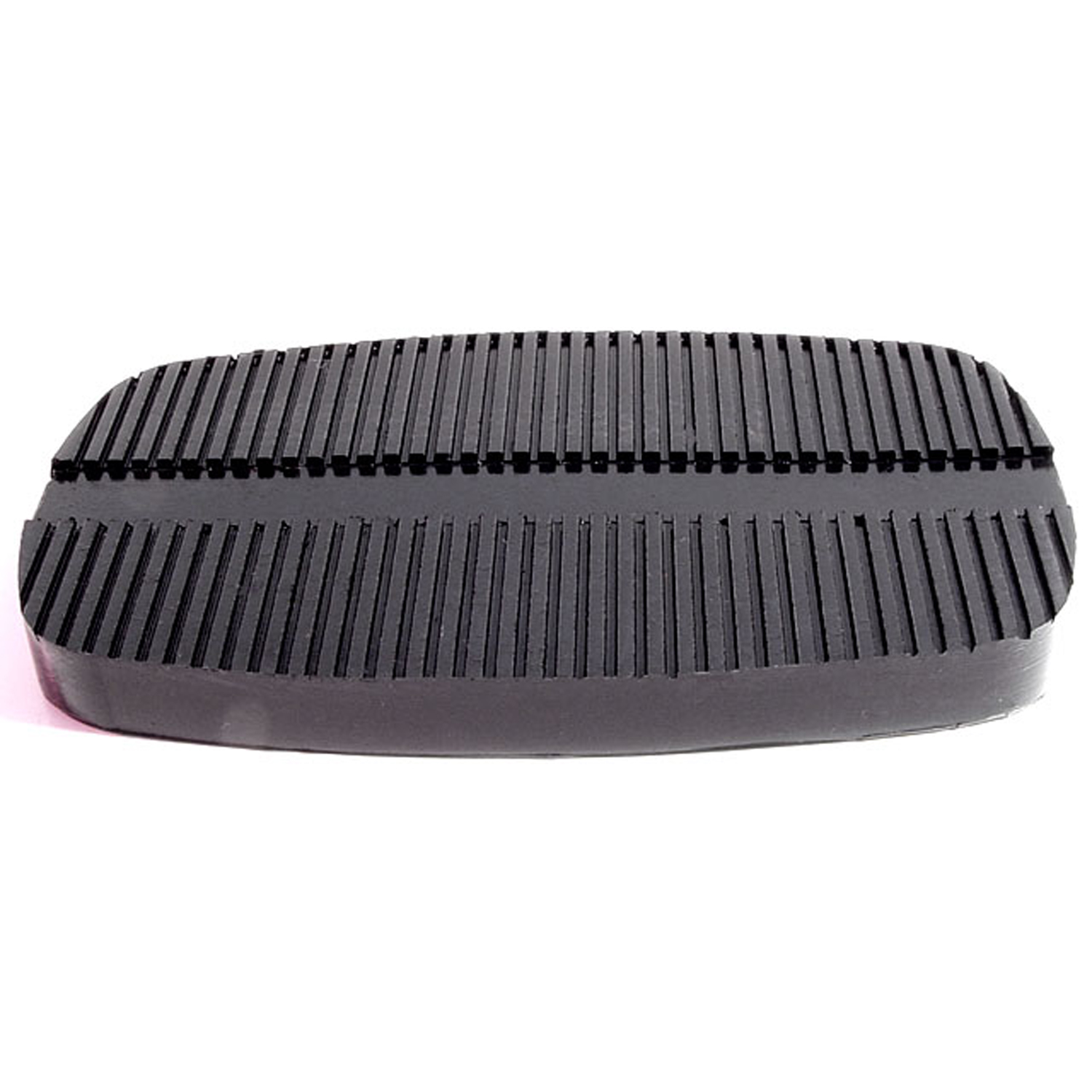 1960 Chevrolet Bel Air Brake Pedal Pad-CB 101-ABrake Pedal Pad. For power brakes or automatic transmissions. 4-3/4" wide X 2-3/4' long. Each
1960 Chevrolet Bel Air Brake Pedal Pad-CB 101-ABrake Pedal Pad. For power brakes or automatic transmissions. 4-3/4" wide X 2-3/4' long. Each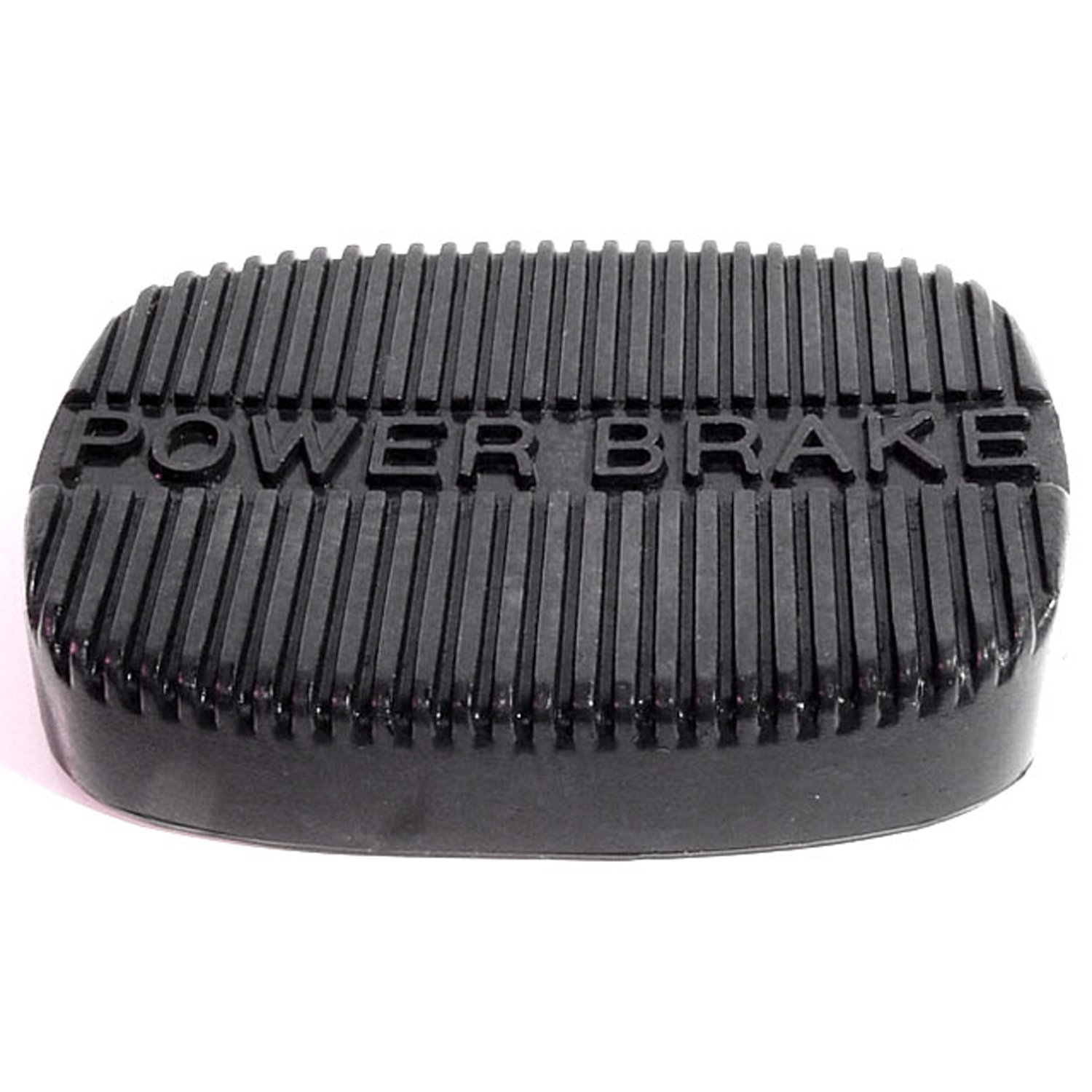 1960 Chevrolet Bel Air Power Brake Pedal Pad. For cars with manual transmission-CB 101-CPower Brake Pedal Pad. For cars with manual transmission. Nice reproduction. 3-5/8" wide X 2-5/8" long. Each
1960 Chevrolet Bel Air Power Brake Pedal Pad. For cars with manual transmission-CB 101-CPower Brake Pedal Pad. For cars with manual transmission. Nice reproduction. 3-5/8" wide X 2-5/8" long. Each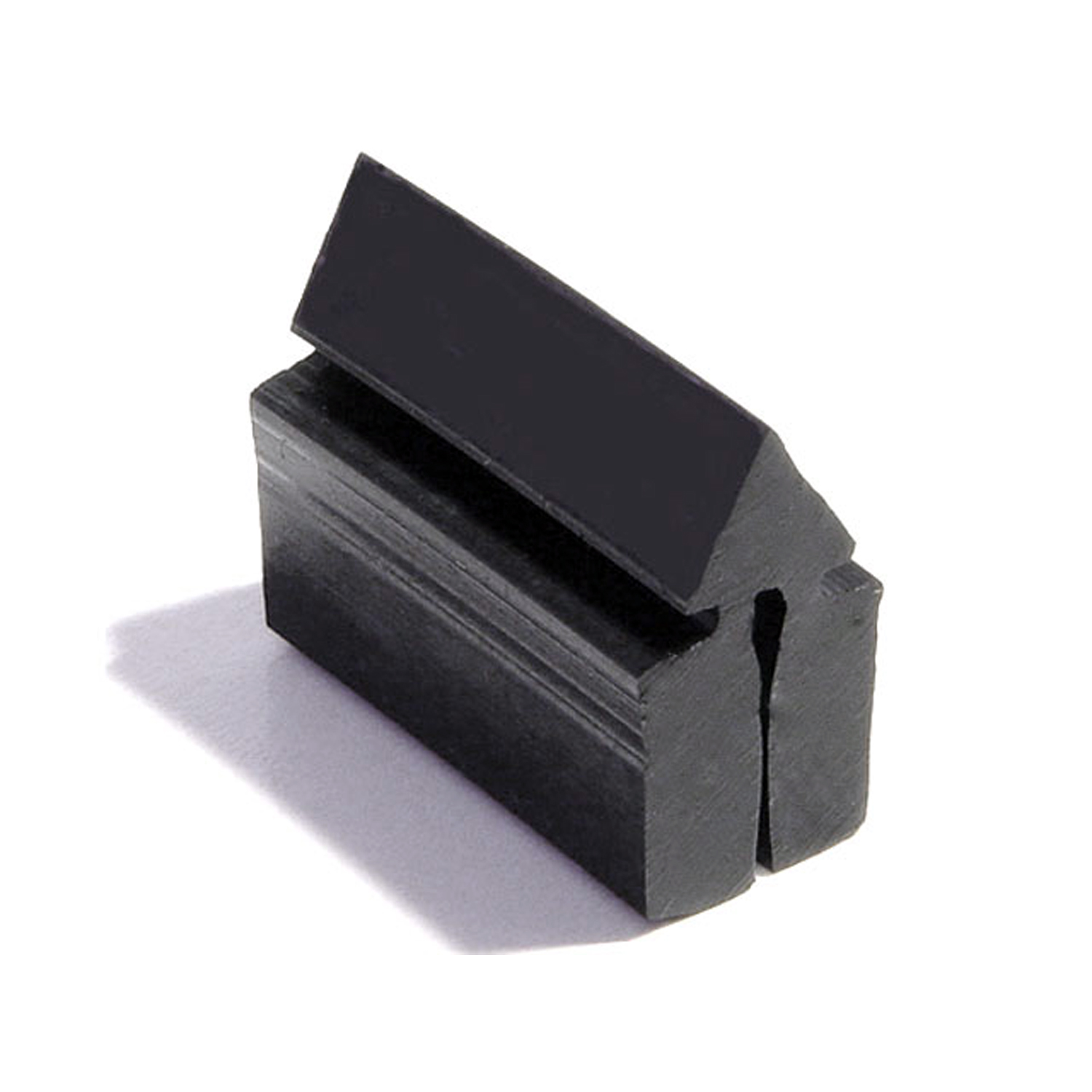 1960 Chevrolet Bel Air Door Bumper. 13/16" high X 1/2" wide X 1" long. Each-DB 33-ADoor Bumper. 13/16" high X 1/2" wide X 1" long. Each
1960 Chevrolet Bel Air Door Bumper. 13/16" high X 1/2" wide X 1" long. Each-DB 33-ADoor Bumper. 13/16" high X 1/2" wide X 1" long. Each 1960 Chevrolet Bel Air Door Bumper. 1-3/16" high X 5/8" wide X 1" long. Each-DB 33-BDoor Bumper. 1-3/16" high X 5/8" wide X 1" long. Each
1960 Chevrolet Bel Air Door Bumper. 1-3/16" high X 5/8" wide X 1" long. Each-DB 33-BDoor Bumper. 1-3/16" high X 5/8" wide X 1" long. Each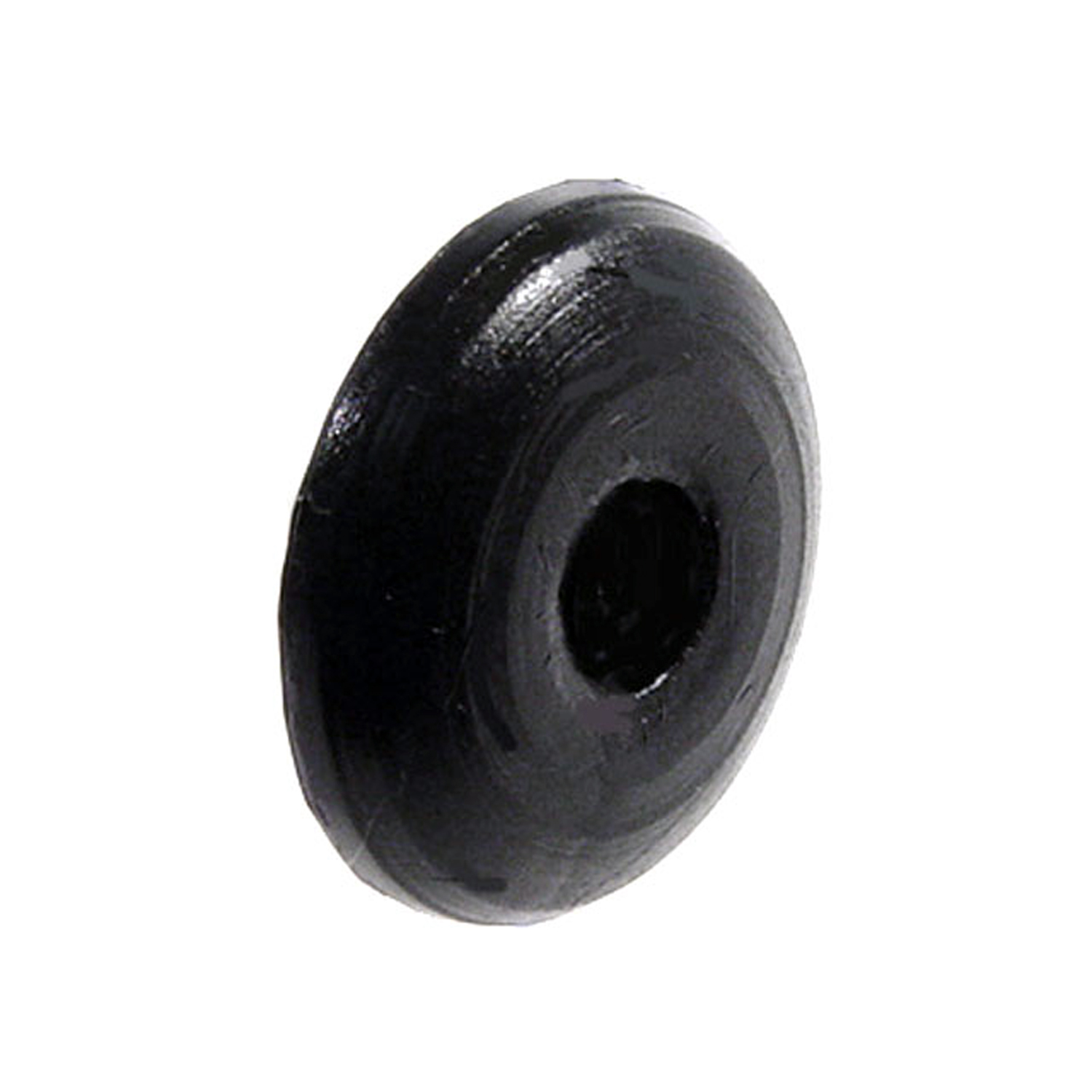 1960 Chevrolet Bel Air Upper Door Hinge Post Bumper. Held by screw-DB 60-AUpper Door Hinge Post Bumper. Held by screw. 7/8" diameter X 1/8" thick. Each
1960 Chevrolet Bel Air Upper Door Hinge Post Bumper. Held by screw-DB 60-AUpper Door Hinge Post Bumper. Held by screw. 7/8" diameter X 1/8" thick. Each 1960 Chevrolet Bel Air Door, Hood and Trunk Bumper Cap for adjustment bolt-HA 5Door, Hood and Trunk Bumper Cap for adjustment bolt. 7/8" diameter X 7/16" thick. Each
1960 Chevrolet Bel Air Door, Hood and Trunk Bumper Cap for adjustment bolt-HA 5Door, Hood and Trunk Bumper Cap for adjustment bolt. 7/8" diameter X 7/16" thick. Each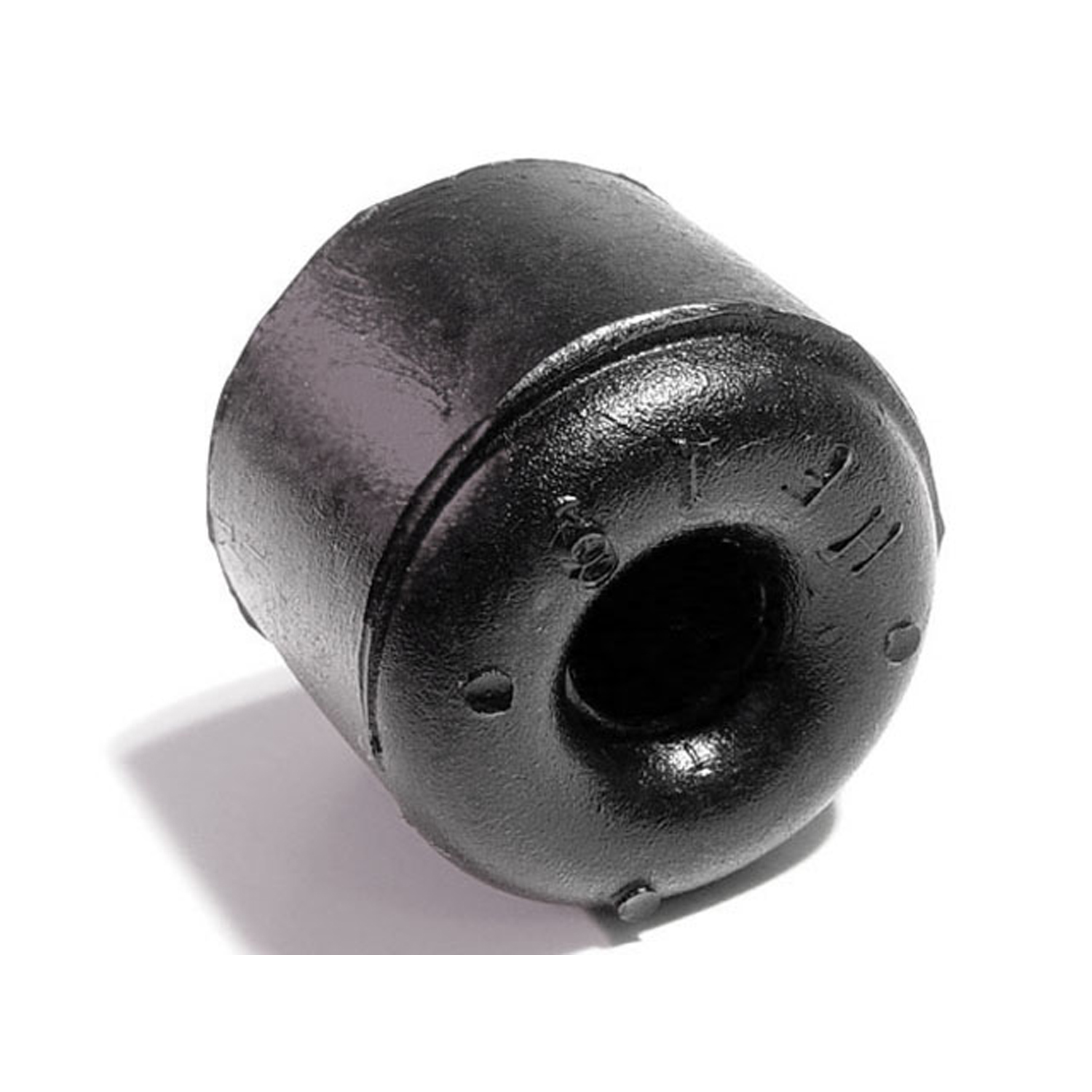 1960 Chevrolet Bel Air Door and Hood Bumper. 1" diameter X 7/8" thick. Each-HF 16Door and Hood Bumper. 1" diameter X 7/8" thick. Each
1960 Chevrolet Bel Air Door and Hood Bumper. 1" diameter X 7/8" thick. Each-HF 16Door and Hood Bumper. 1" diameter X 7/8" thick. Each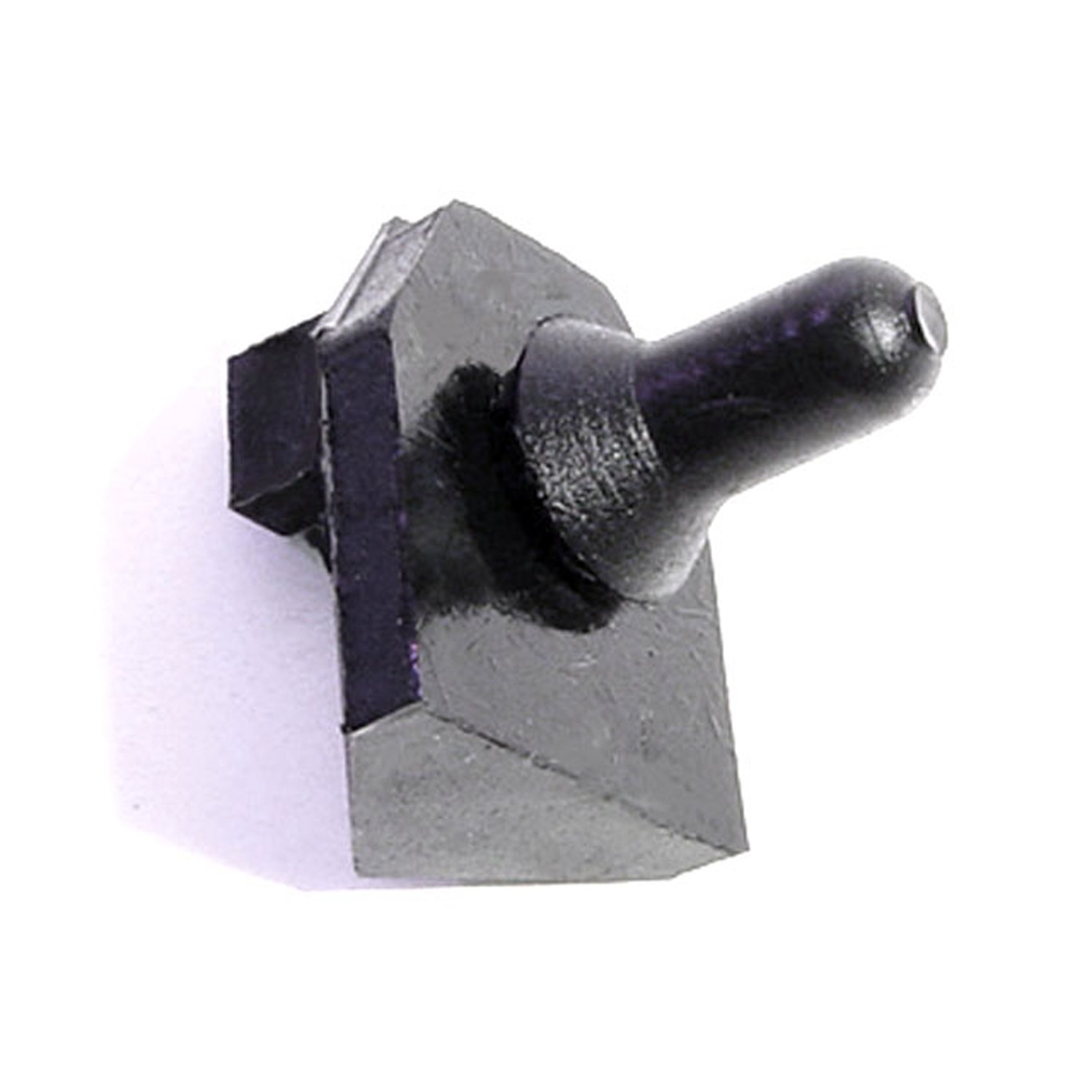 1960 Chevrolet Bel Air Hood Bumper. Each-HF 41Hood Bumper. Each
1960 Chevrolet Bel Air Hood Bumper. Each-HF 41Hood Bumper. Each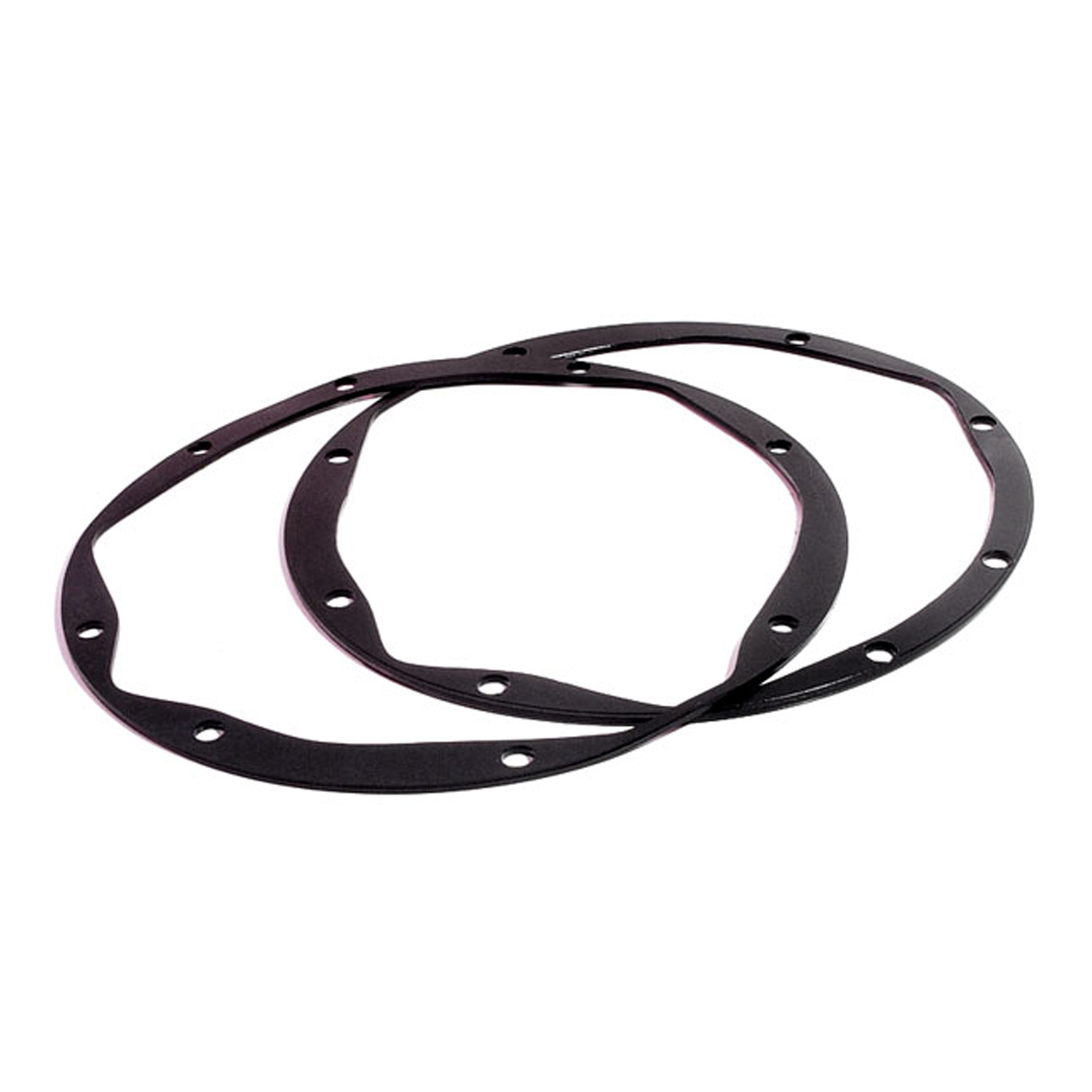 1960 Chevrolet Bel Air Headlight Assembly Housing Pad. 8-3/8" O.D. Pair-HR 7Headlight Assembly Housing Pad. 8-3/8" O.D. Pair
1960 Chevrolet Bel Air Headlight Assembly Housing Pad. 8-3/8" O.D. Pair-HR 7Headlight Assembly Housing Pad. 8-3/8" O.D. Pair 1960 Chevrolet Bel Air Trip Meter Reset Knob. Made of black rubber-KN 10Trip Meter Reset Knob. Made of black rubber. Compare to measurements: 1/8" I.D., 7/16" O.D. X 1/2" tall. Each
1960 Chevrolet Bel Air Trip Meter Reset Knob. Made of black rubber-KN 10Trip Meter Reset Knob. Made of black rubber. Compare to measurements: 1/8" I.D., 7/16" O.D. X 1/2" tall. Each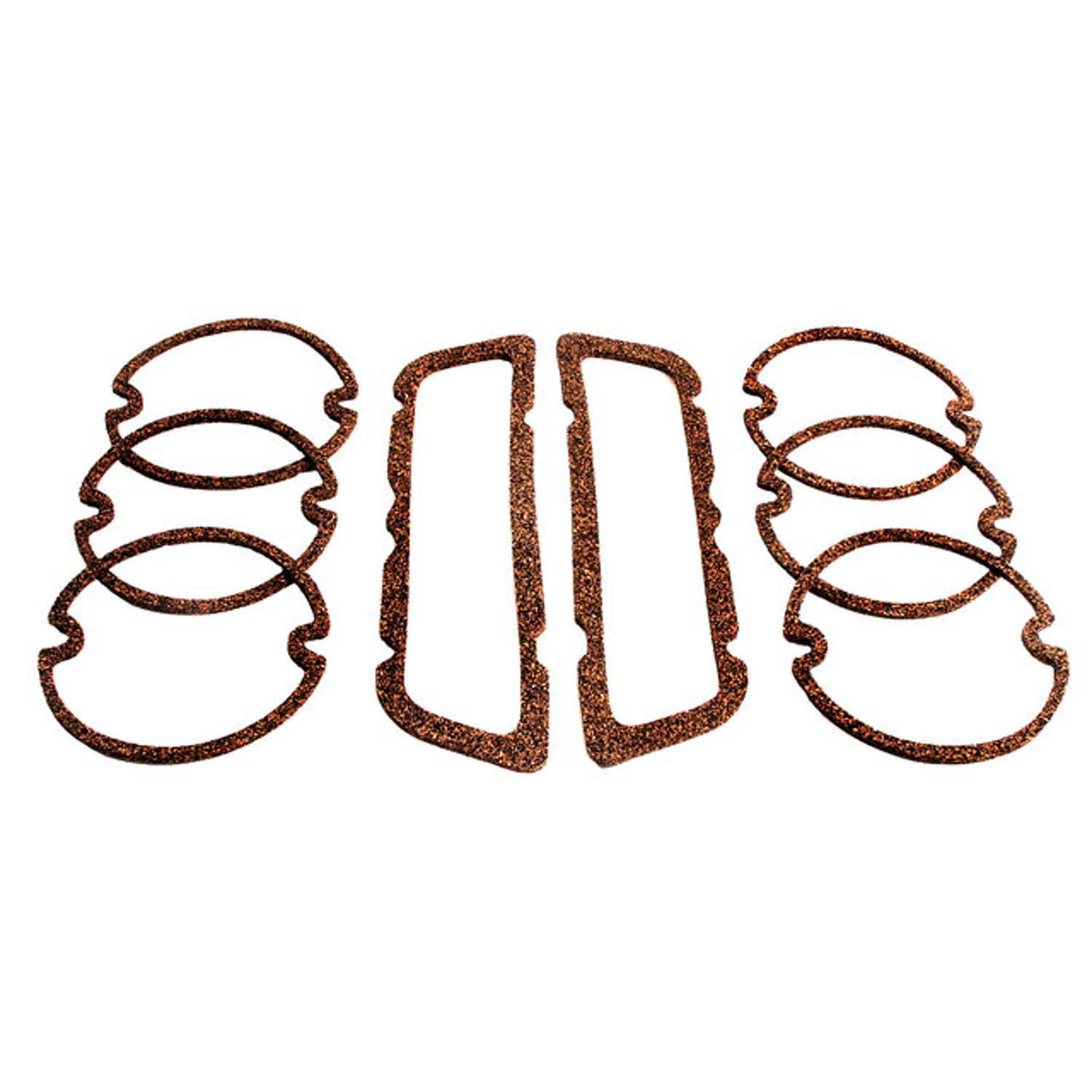 1960 Chevrolet Bel Air 8-Piece Lens Gasket Kit.-LGK 2004-1058-Piece Lens Gasket Kit.
1960 Chevrolet Bel Air 8-Piece Lens Gasket Kit.-LGK 2004-1058-Piece Lens Gasket Kit.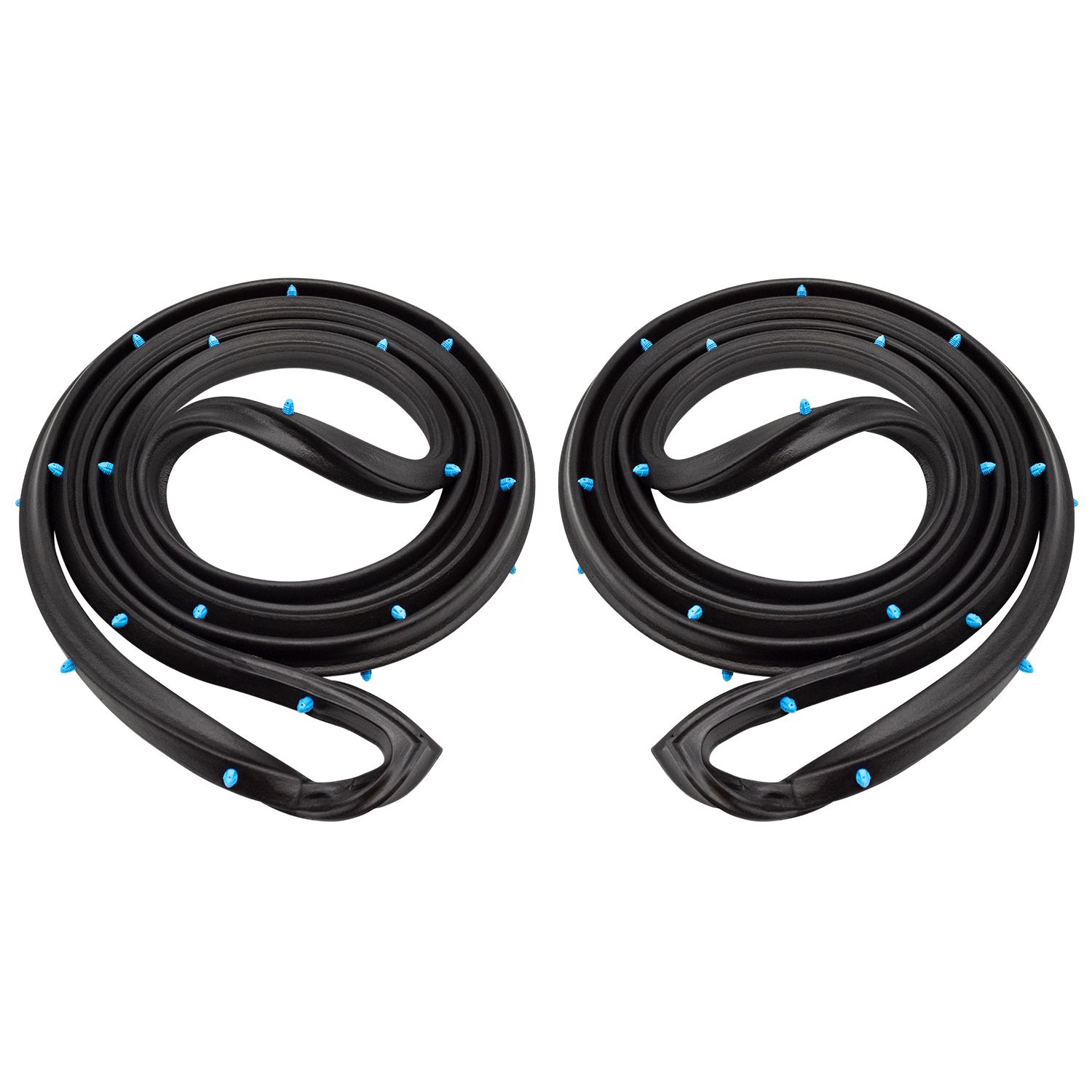 1960 Chevrolet Bel Air Rear door seals, ’59-‘60 GM ‘A’-LM 18-GRear door seals, '59-'60 GM 'A', 'B' & 'C' body 4 door sedan models, pair. Replaces OEM #'s 4758671/4758672.
1960 Chevrolet Bel Air Rear door seals, ’59-‘60 GM ‘A’-LM 18-GRear door seals, '59-'60 GM 'A', 'B' & 'C' body 4 door sedan models, pair. Replaces OEM #'s 4758671/4758672.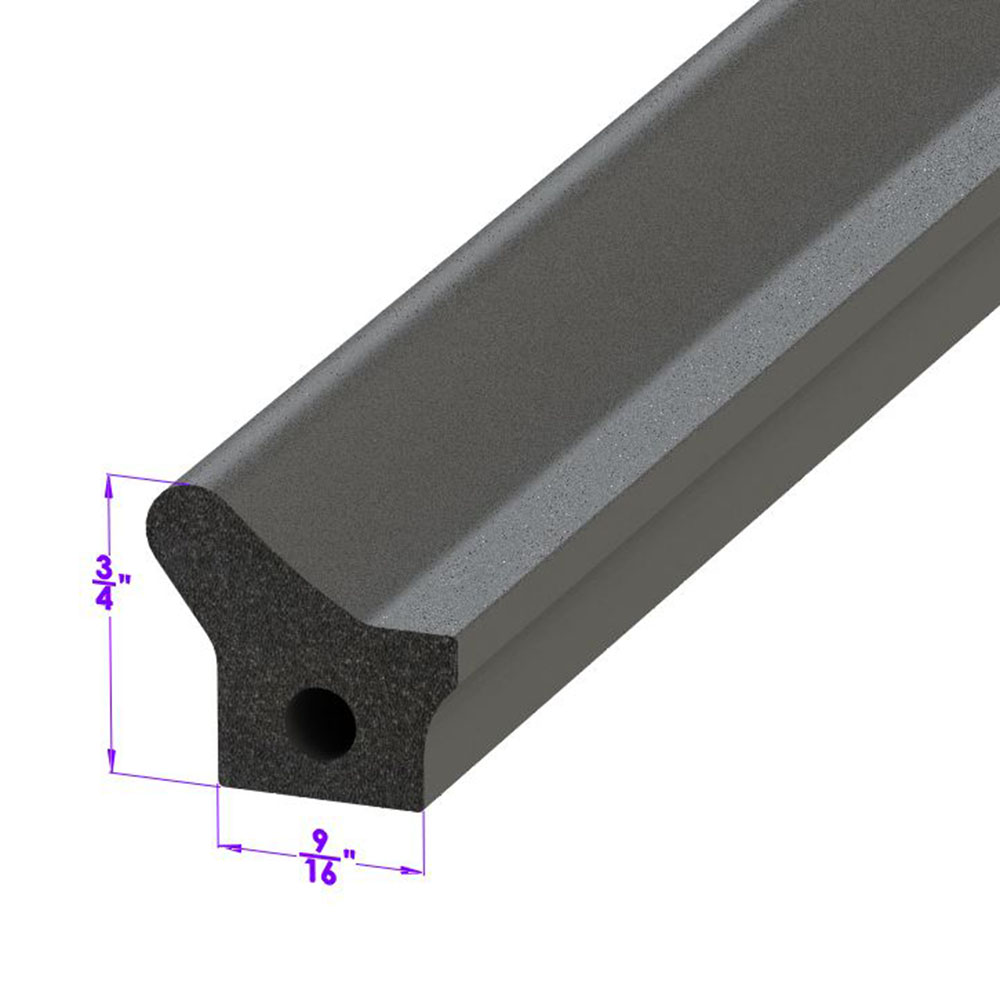 1960 Chevrolet Bel Air Door Side Seal-LP 40-DDoor Side Seal, Without Clips ('64-'66 some models) For seal with clips, see C/LP 40-D. Sold by the foot
1960 Chevrolet Bel Air Door Side Seal-LP 40-DDoor Side Seal, Without Clips ('64-'66 some models) For seal with clips, see C/LP 40-D. Sold by the foot 1960 Chevrolet Bel Air Door Handle Pads. 2-5/8" long & 1-1/4" long. Set R&L-MP 547-DDoor Handle Pads. 2-5/8" long & 1-1/4" long. Set R&L
1960 Chevrolet Bel Air Door Handle Pads. 2-5/8" long & 1-1/4" long. Set R&L-MP 547-DDoor Handle Pads. 2-5/8" long & 1-1/4" long. Set R&L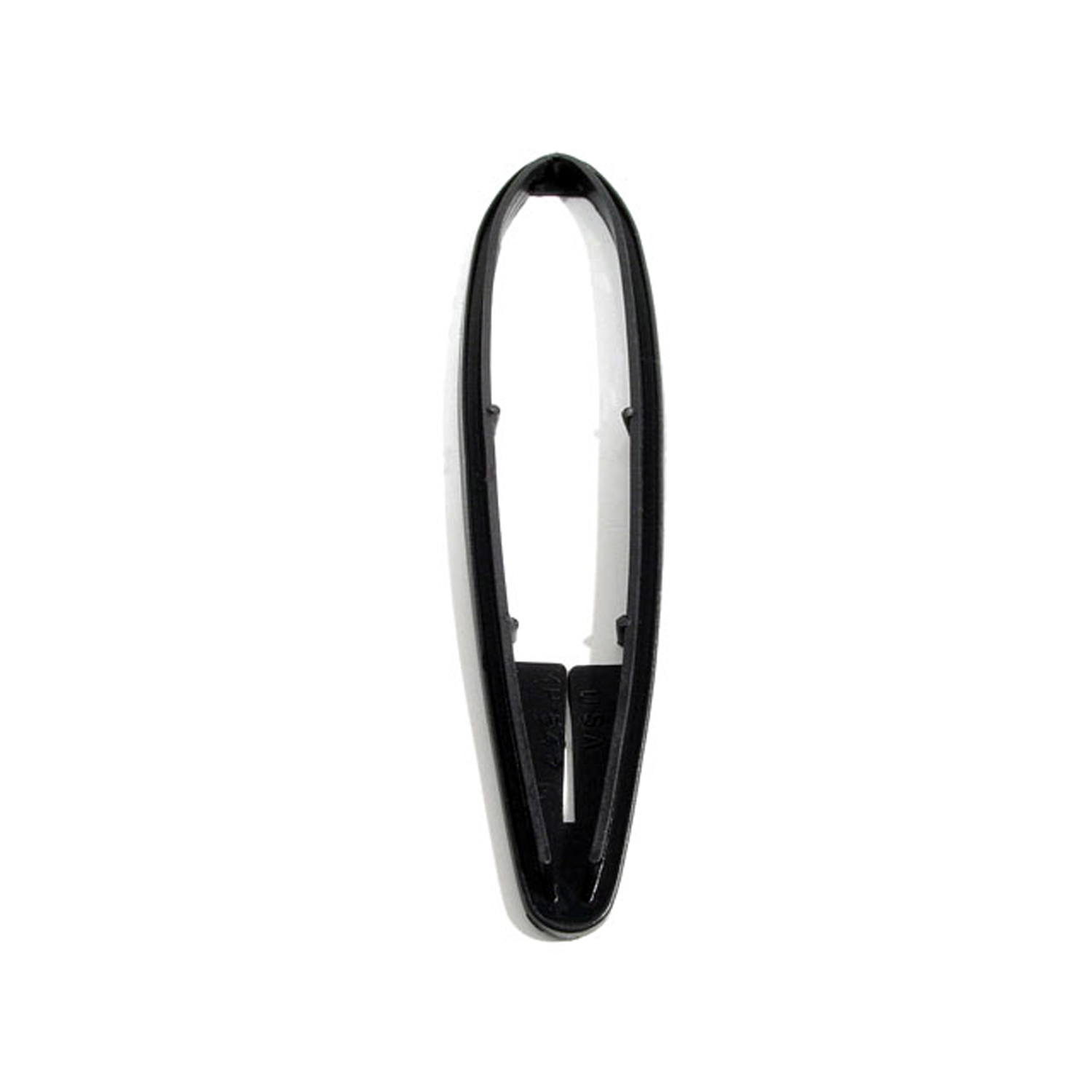 1960 Chevrolet Bel Air Mirror Base Pad. Made of hard rubber. Exact-MP 547-MMirror Base Pad. Made of hard rubber. Exact. 1-1/2" wide X 6" long. Each
1960 Chevrolet Bel Air Mirror Base Pad. Made of hard rubber. Exact-MP 547-MMirror Base Pad. Made of hard rubber. Exact. 1-1/2" wide X 6" long. Each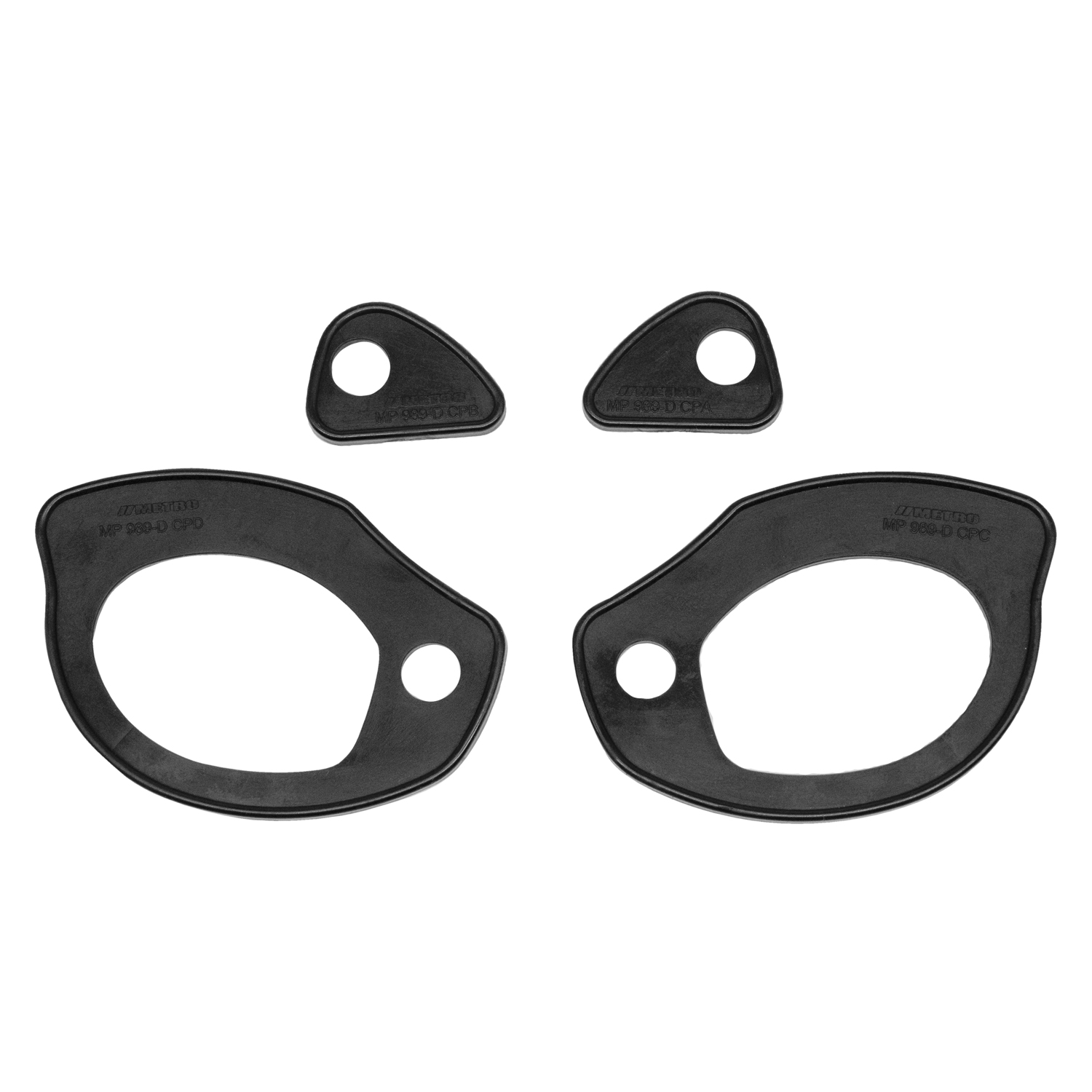 1960 Chevrolet Bel Air Door Handle Pads. 2-5/8" long & 1-1/8" long. Set R&L-MP 989-DDoor Handle Pads. 2-5/8" long & 1-1/8" long. Set R&L
1960 Chevrolet Bel Air Door Handle Pads. 2-5/8" long & 1-1/8" long. Set R&L-MP 989-DDoor Handle Pads. 2-5/8" long & 1-1/8" long. Set R&L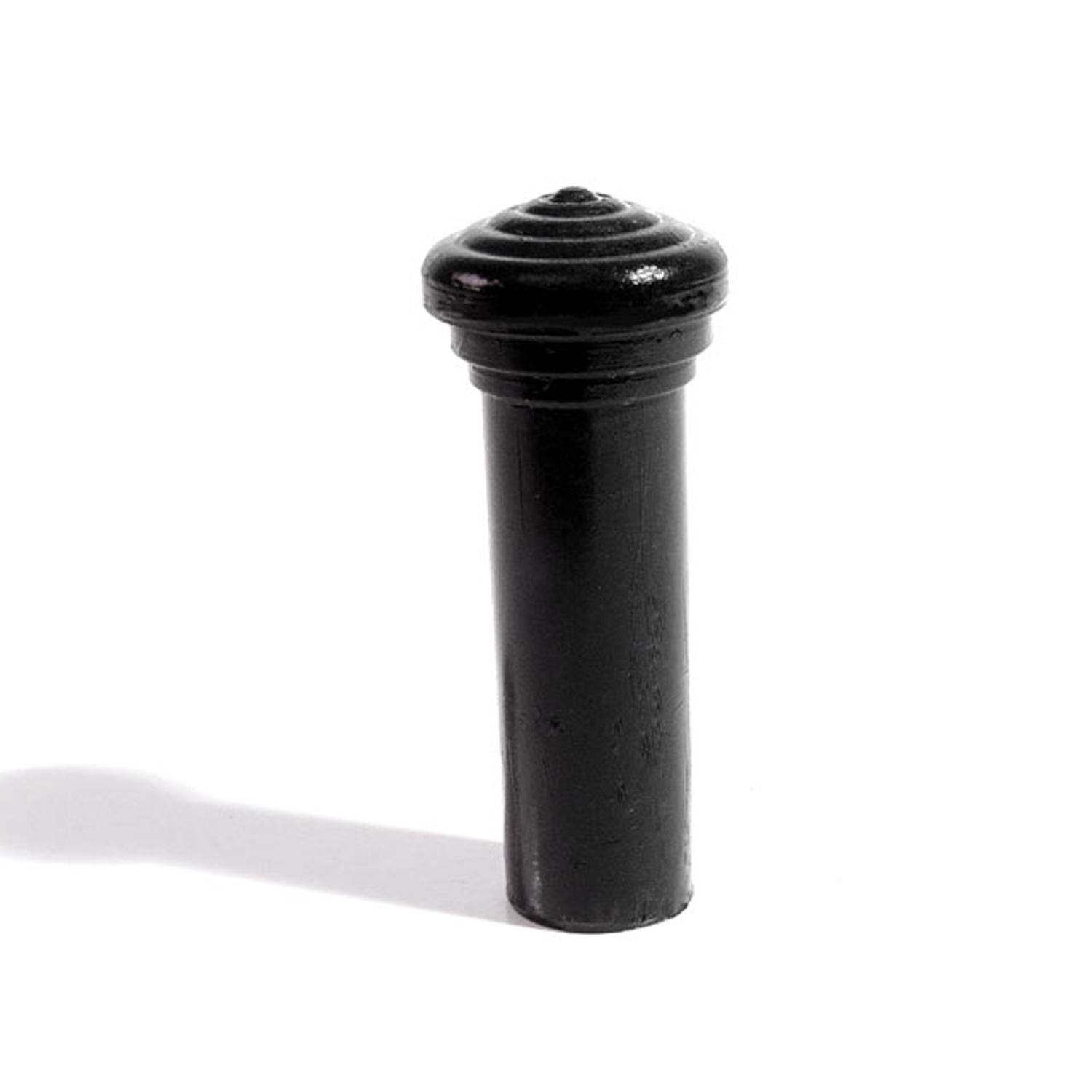 1960 Chevrolet Bel Air Door Lock Knob. Made of Black rubber, self-threading-RP 304-ADoor Lock Knob. Made of Black rubber, self-threading. 1-3/8" tall with 1/8" lower I.D., 3/8" lower O.D. Each
1960 Chevrolet Bel Air Door Lock Knob. Made of Black rubber, self-threading-RP 304-ADoor Lock Knob. Made of Black rubber, self-threading. 1-3/8" tall with 1/8" lower I.D., 3/8" lower O.D. Each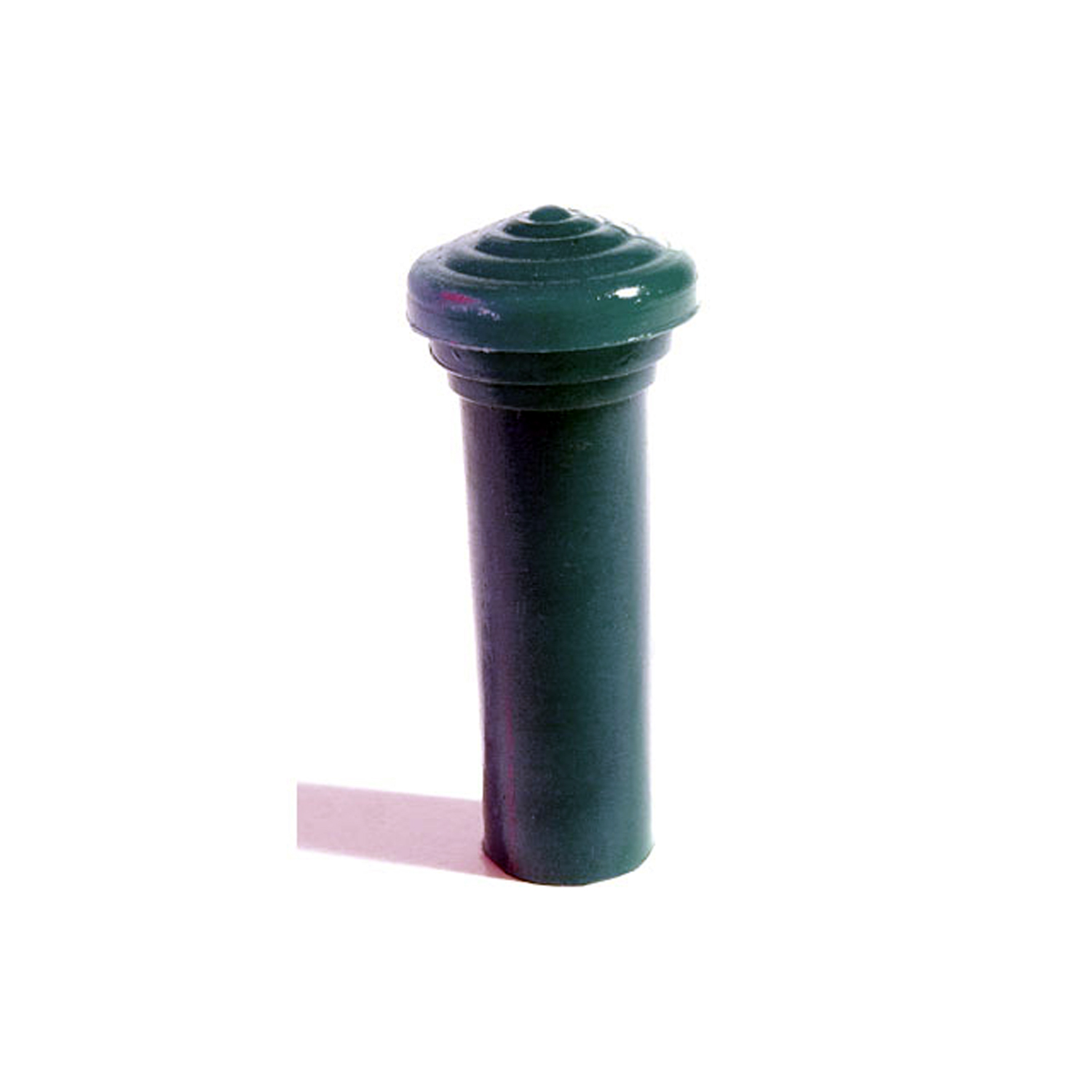 1960 Chevrolet Bel Air Door Lock Knob. Made of Slate Blue rubber, self-threading-RP 304-CDoor Lock Knob. Made of Slate Blue rubber, self-threading. 1-3/8" tall with 1/8" lower I.D., 3/8" lower O.D. Each
1960 Chevrolet Bel Air Door Lock Knob. Made of Slate Blue rubber, self-threading-RP 304-CDoor Lock Knob. Made of Slate Blue rubber, self-threading. 1-3/8" tall with 1/8" lower I.D., 3/8" lower O.D. Each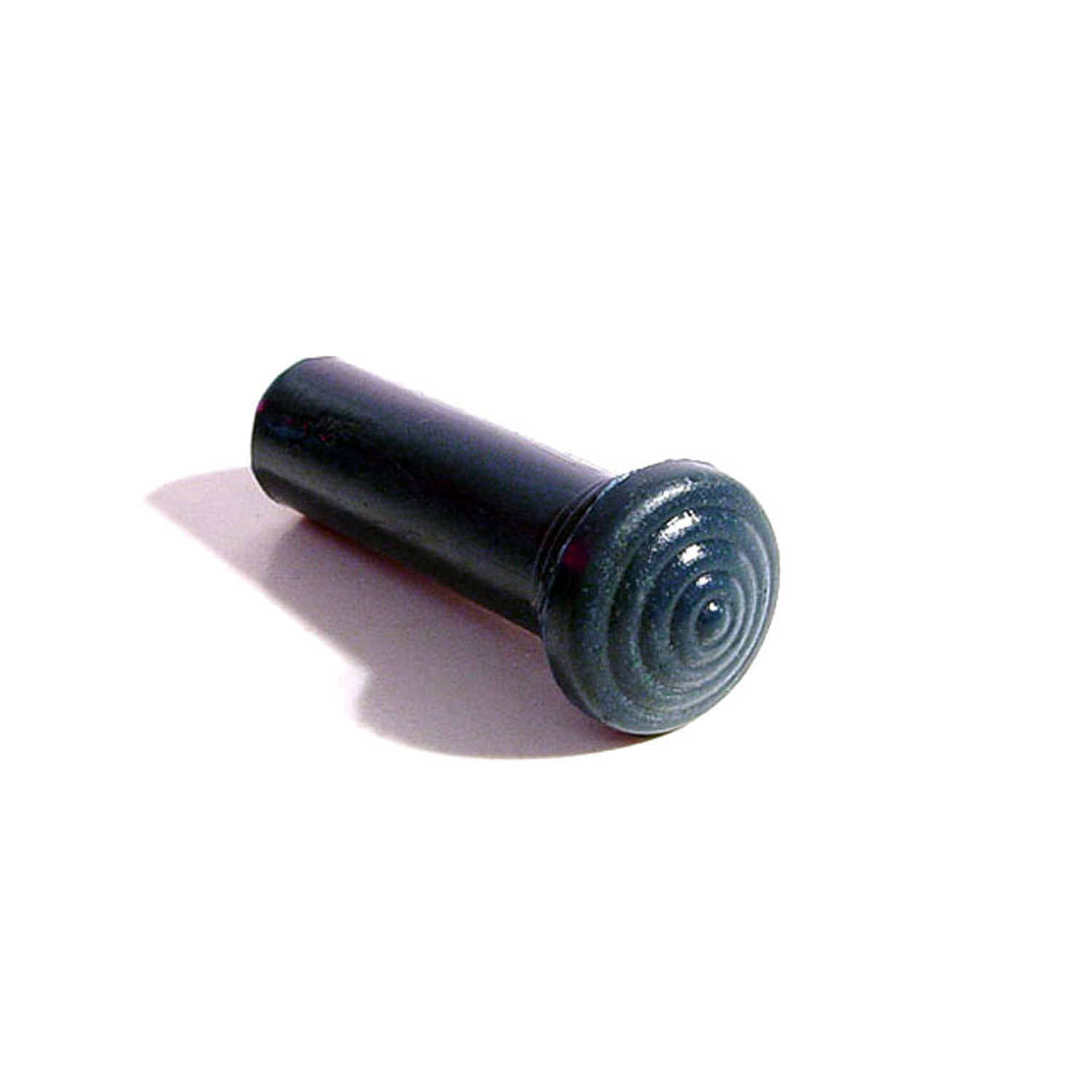 1960 Chevrolet Bel Air Door Lock Knob. Made of Navy Blue rubber, self-threading-RP 304-DDoor Lock Knob. Made of Navy Blue rubber, self-threading. 1-3/8" tall with 1/8" lower I.D., 3/8" lower O.D. Each
1960 Chevrolet Bel Air Door Lock Knob. Made of Navy Blue rubber, self-threading-RP 304-DDoor Lock Knob. Made of Navy Blue rubber, self-threading. 1-3/8" tall with 1/8" lower I.D., 3/8" lower O.D. Each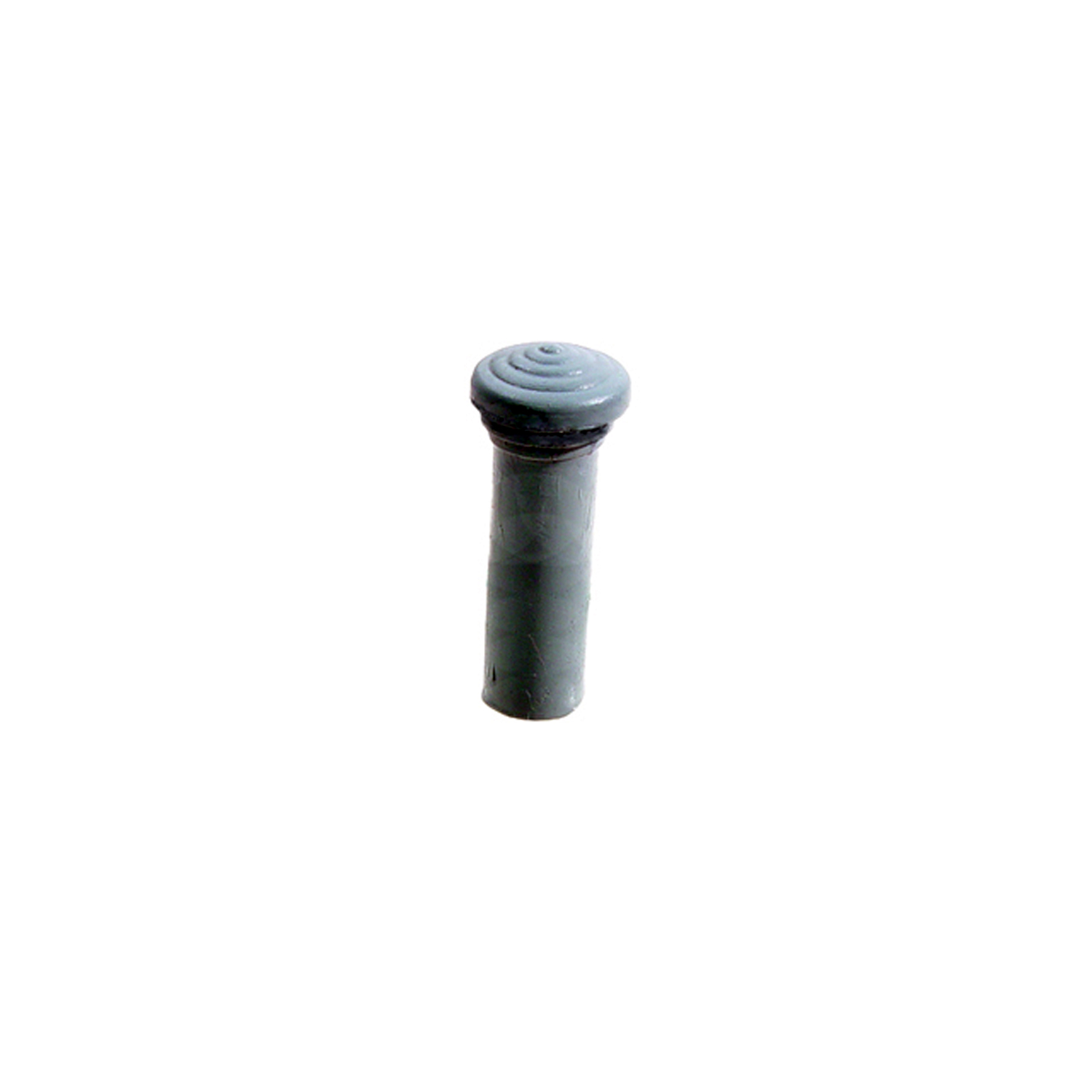 1960 Chevrolet Bel Air Door Lock Knob. Made of Silver Blue rubber, self-threading-RP 304-EDoor Lock Knob. Made of Silver Blue rubber, self-threading. 1-3/8" tall with 1/8" lower I.D., 3/8" lower O.D. Each
1960 Chevrolet Bel Air Door Lock Knob. Made of Silver Blue rubber, self-threading-RP 304-EDoor Lock Knob. Made of Silver Blue rubber, self-threading. 1-3/8" tall with 1/8" lower I.D., 3/8" lower O.D. Each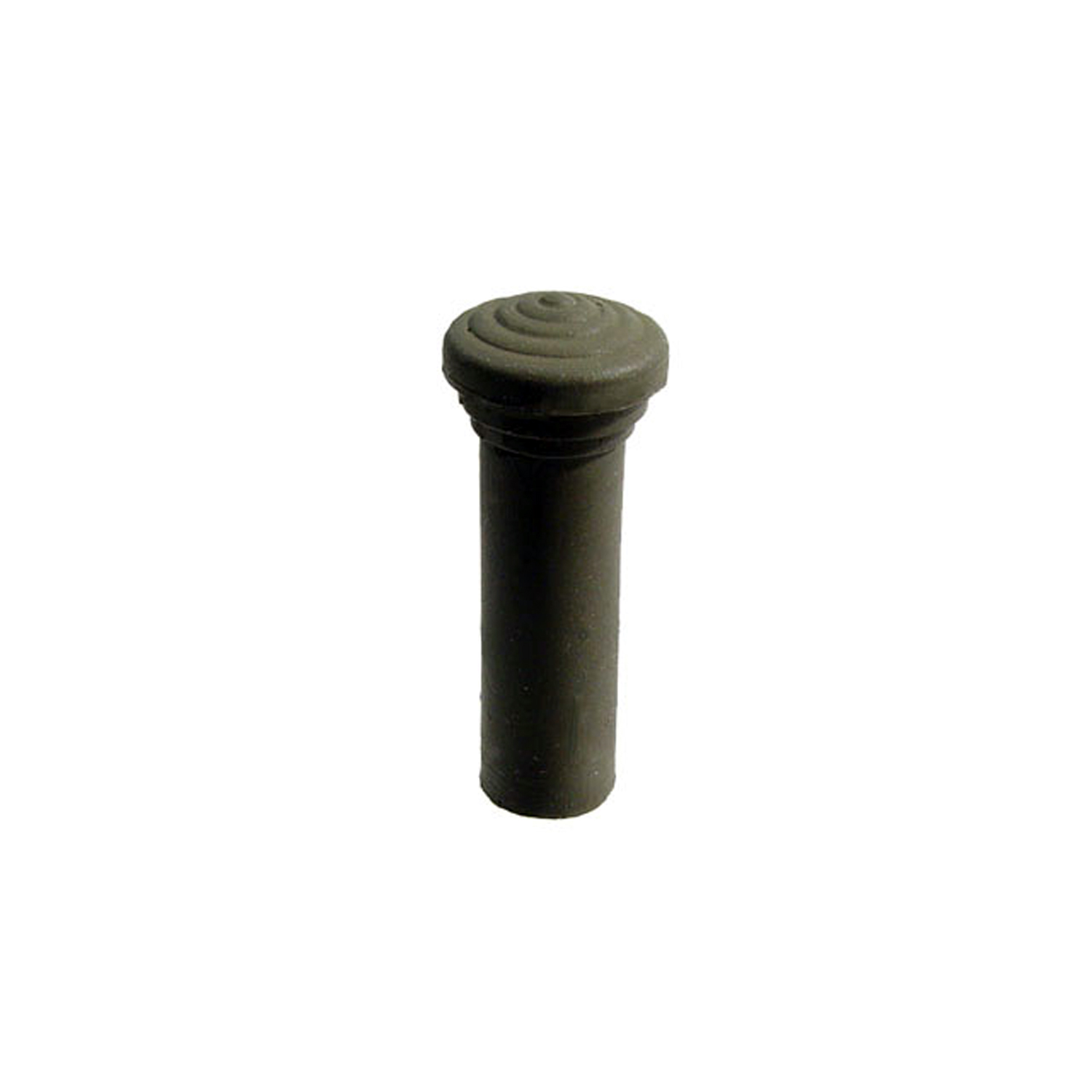 1960 Chevrolet Bel Air Door Lock Knob. Made of Fawn colored rubber, self-threading-RP 304-FDoor Lock Knob. Made of Fawn colored rubber, self-threading. 1-3/8" tall with 1/8" lower I.D., 3/8" lower O.D. Each
1960 Chevrolet Bel Air Door Lock Knob. Made of Fawn colored rubber, self-threading-RP 304-FDoor Lock Knob. Made of Fawn colored rubber, self-threading. 1-3/8" tall with 1/8" lower I.D., 3/8" lower O.D. Each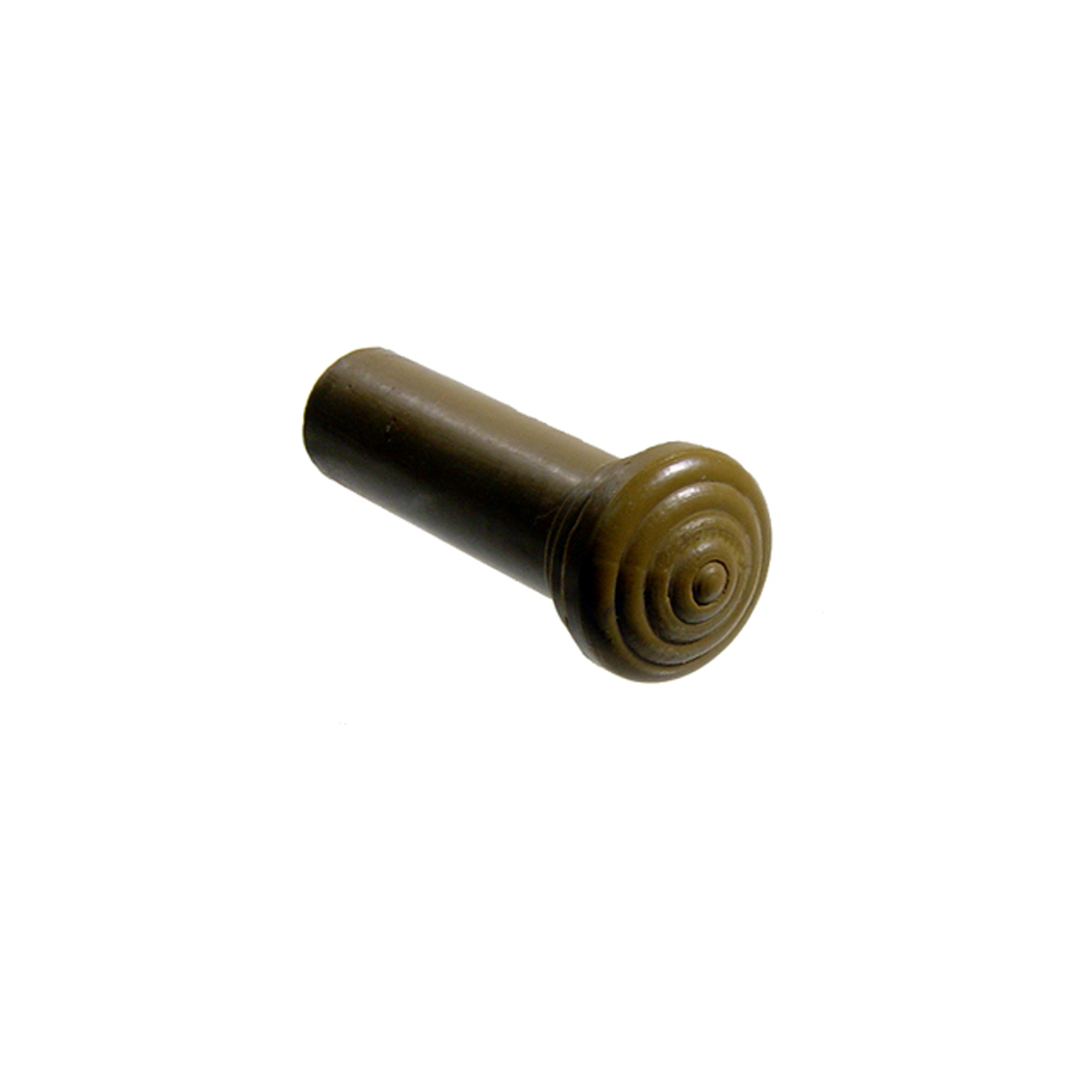 1960 Chevrolet Bel Air Door Lock Knob. Made of Olive Green rubber, self-threading-RP 304-GDoor Lock Knob. Made of Olive Green rubber, self-threading. 1-3/8" tall with 1/8" lower I.D., 3/8" lower O.D. Each
1960 Chevrolet Bel Air Door Lock Knob. Made of Olive Green rubber, self-threading-RP 304-GDoor Lock Knob. Made of Olive Green rubber, self-threading. 1-3/8" tall with 1/8" lower I.D., 3/8" lower O.D. Each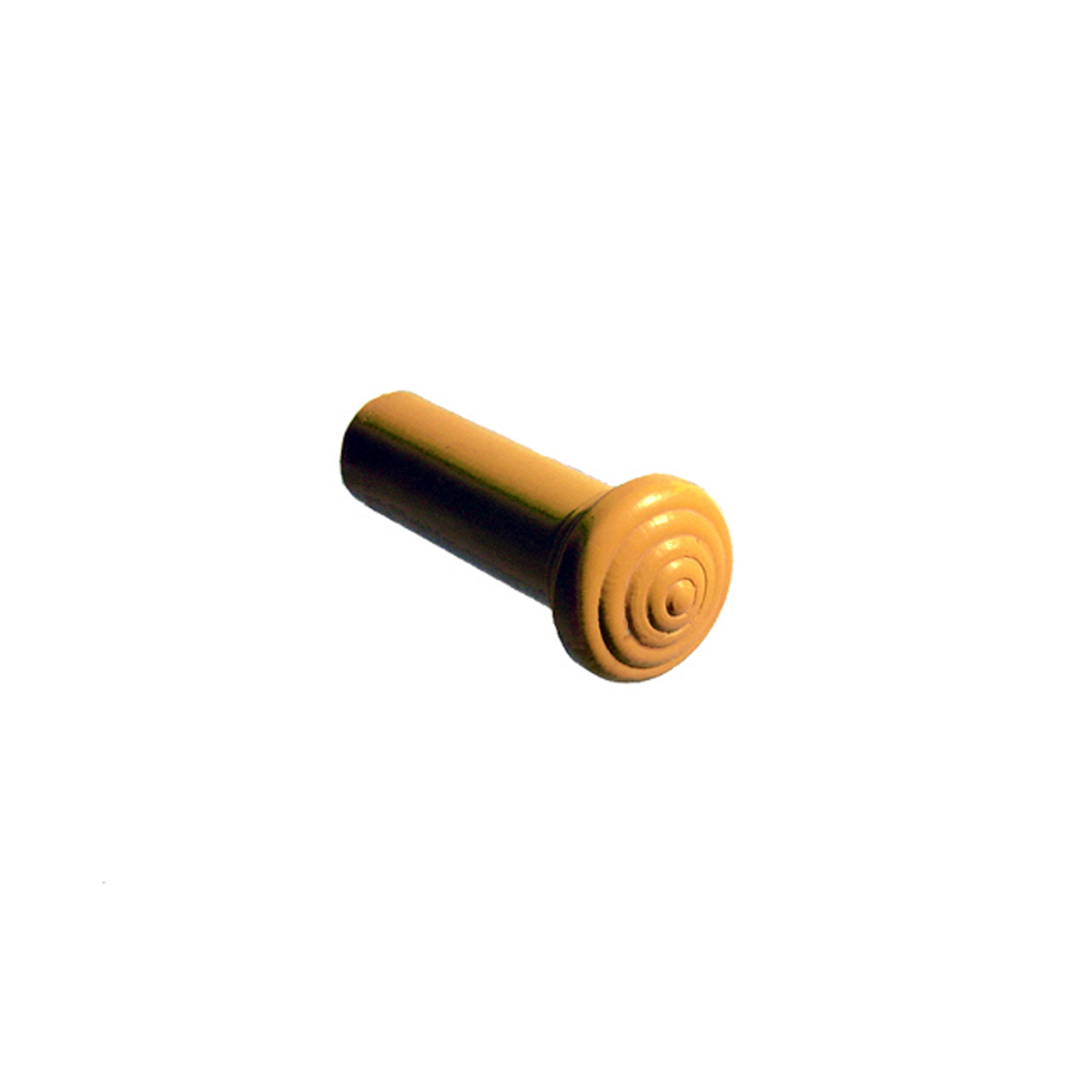 1960 Chevrolet Bel Air Door Lock Knob. Made of Yellow rubber, self-threading-RP 304-HDoor Lock Knob. Made of Yellow rubber, self-threading. 1-3/8" tall with 1/8" lower I.D., 3/8" lower O.D. Each
1960 Chevrolet Bel Air Door Lock Knob. Made of Yellow rubber, self-threading-RP 304-HDoor Lock Knob. Made of Yellow rubber, self-threading. 1-3/8" tall with 1/8" lower I.D., 3/8" lower O.D. Each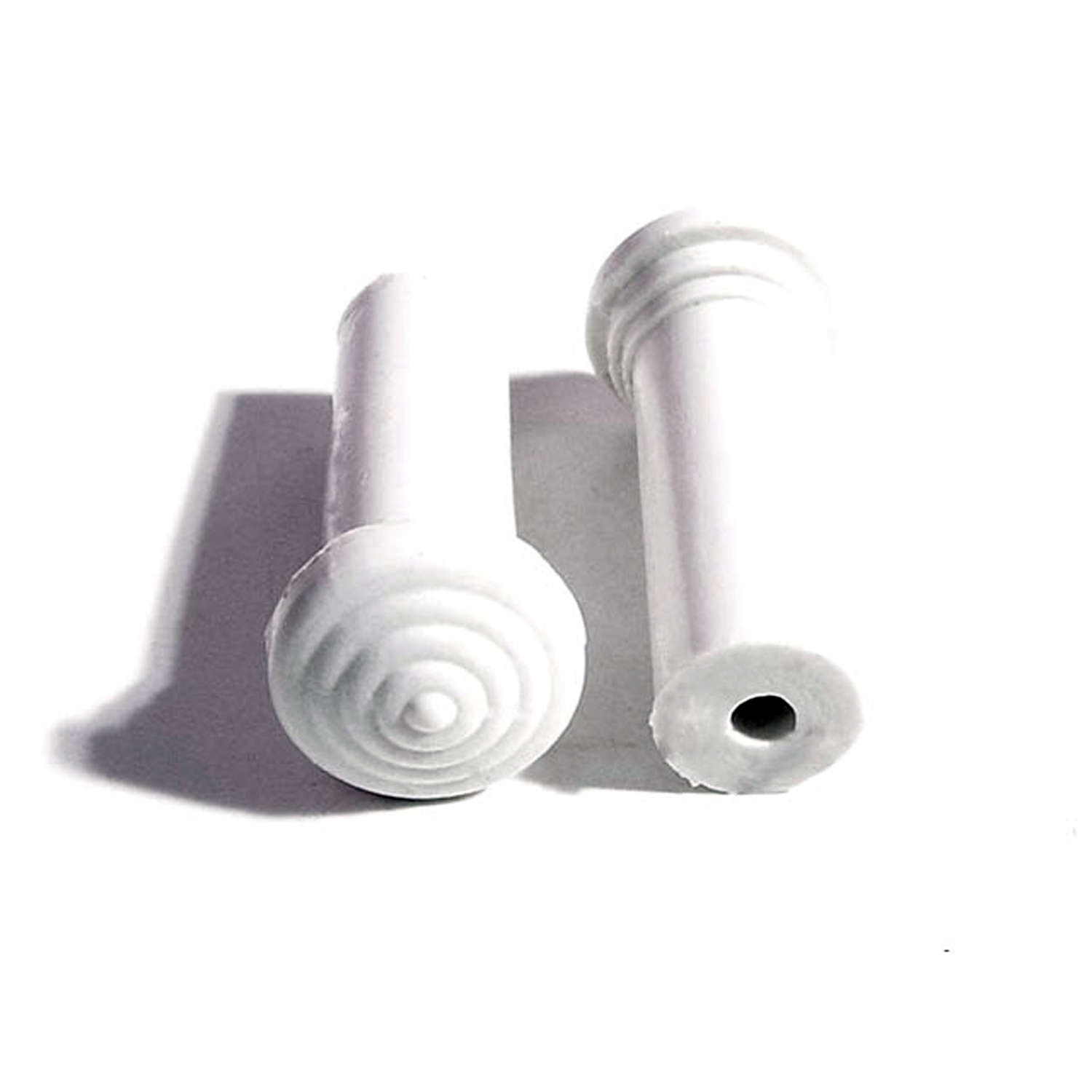 1960 Chevrolet Bel Air Door Lock Knob. Made of White rubber, self-threading-RP 304-IDoor Lock Knob. Made of White rubber, self-threading. 1-3/8" tall with 1/8" lower I.D., 3/8" lower O.D. Each
1960 Chevrolet Bel Air Door Lock Knob. Made of White rubber, self-threading-RP 304-IDoor Lock Knob. Made of White rubber, self-threading. 1-3/8" tall with 1/8" lower I.D., 3/8" lower O.D. Each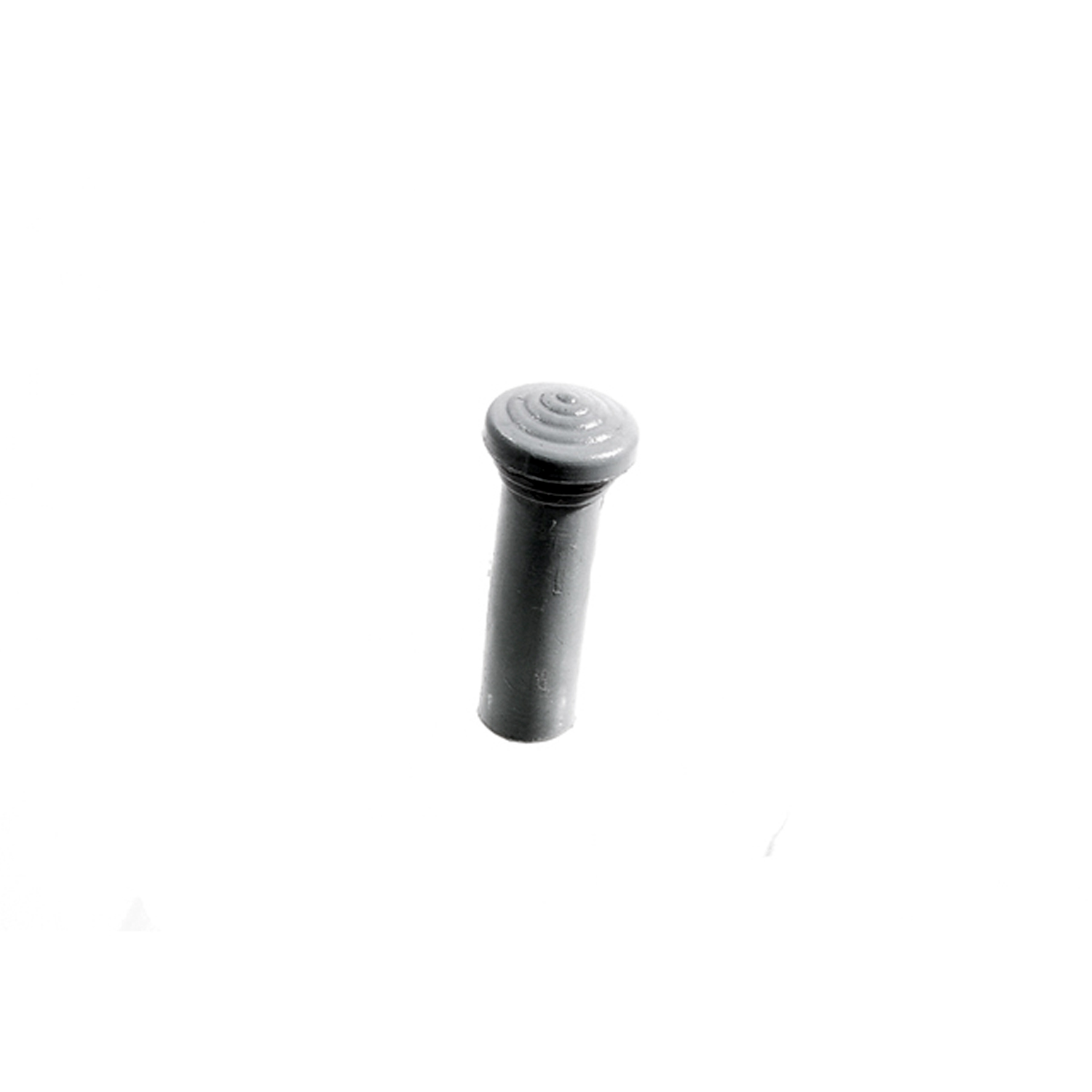 1960 Chevrolet Bel Air Door Lock Knob. Made of Silver rubber, self-threading-RP 304-JDoor Lock Knob. Made of Silver rubber, self-threading. 1-3/8" tall with 1/8" lower I.D., 3/8" lower O.D. Each
1960 Chevrolet Bel Air Door Lock Knob. Made of Silver rubber, self-threading-RP 304-JDoor Lock Knob. Made of Silver rubber, self-threading. 1-3/8" tall with 1/8" lower I.D., 3/8" lower O.D. Each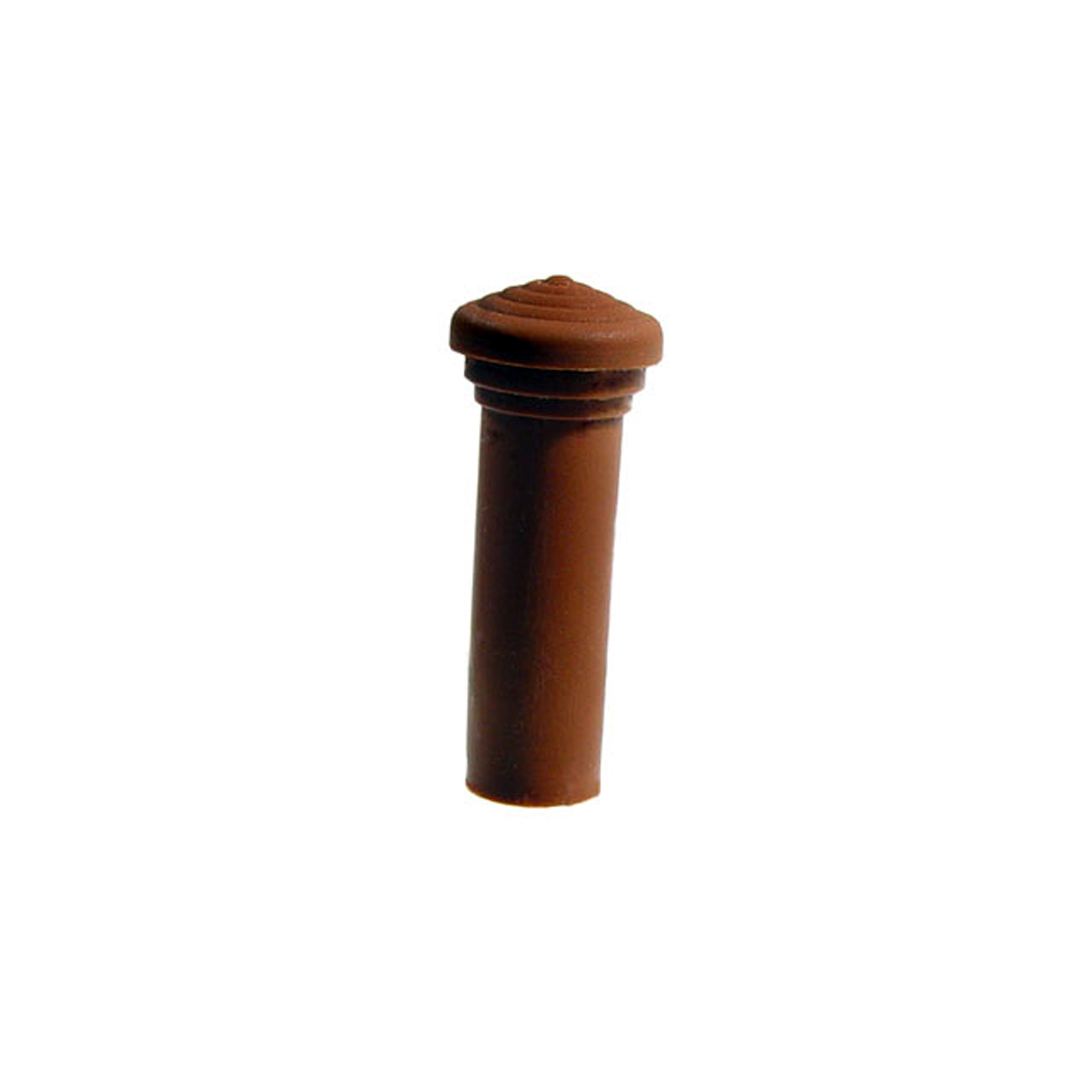 1960 Chevrolet Bel Air Door Lock Knob. Made of Medium Brown rubber, self-threading-RP 304-KDoor Lock Knob. Made of Medium Brown rubber, self-threading. 1-3/8" tall with 1/8" lower I.D., 3/8" lower O.D. Each
1960 Chevrolet Bel Air Door Lock Knob. Made of Medium Brown rubber, self-threading-RP 304-KDoor Lock Knob. Made of Medium Brown rubber, self-threading. 1-3/8" tall with 1/8" lower I.D., 3/8" lower O.D. Each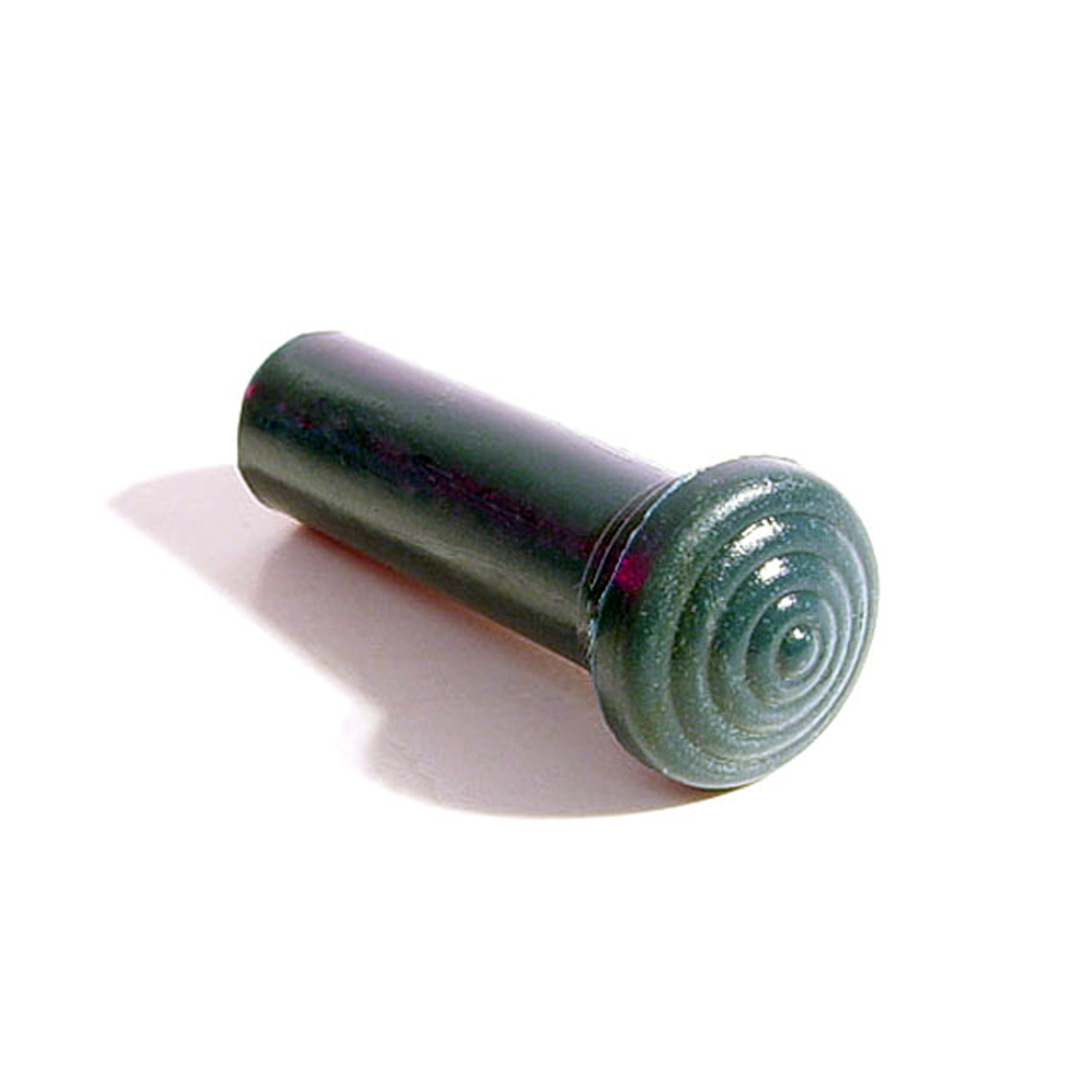 1960 Chevrolet Bel Air Door Lock Knob. Made of Wedgwood rubber, self-threading-RP 304-LDoor Lock Knob. Made of Wedgwood rubber, self-threading. 1-3/8" tall with 1/8" lower I.D., 3/8" lower O.D. Each
1960 Chevrolet Bel Air Door Lock Knob. Made of Wedgwood rubber, self-threading-RP 304-LDoor Lock Knob. Made of Wedgwood rubber, self-threading. 1-3/8" tall with 1/8" lower I.D., 3/8" lower O.D. Each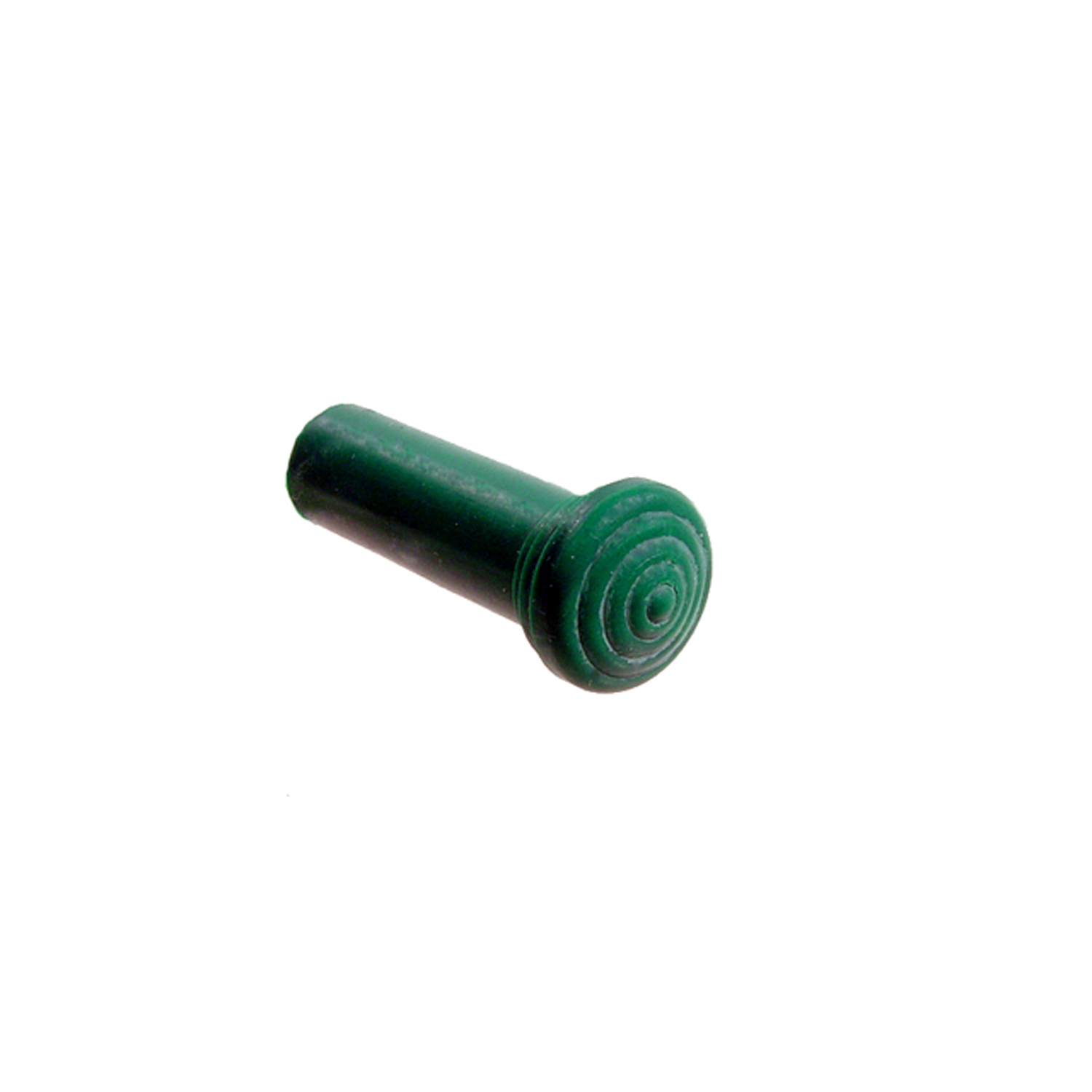 1960 Chevrolet Bel Air Door Lock Knob. Made of Teal Green rubber, self-threading-RP 304-MDoor Lock Knob. Made of Teal Green rubber, self-threading. 1-3/8" tall with 1/8" lower I.D., 3/8" lower O.D. Each
1960 Chevrolet Bel Air Door Lock Knob. Made of Teal Green rubber, self-threading-RP 304-MDoor Lock Knob. Made of Teal Green rubber, self-threading. 1-3/8" tall with 1/8" lower I.D., 3/8" lower O.D. Each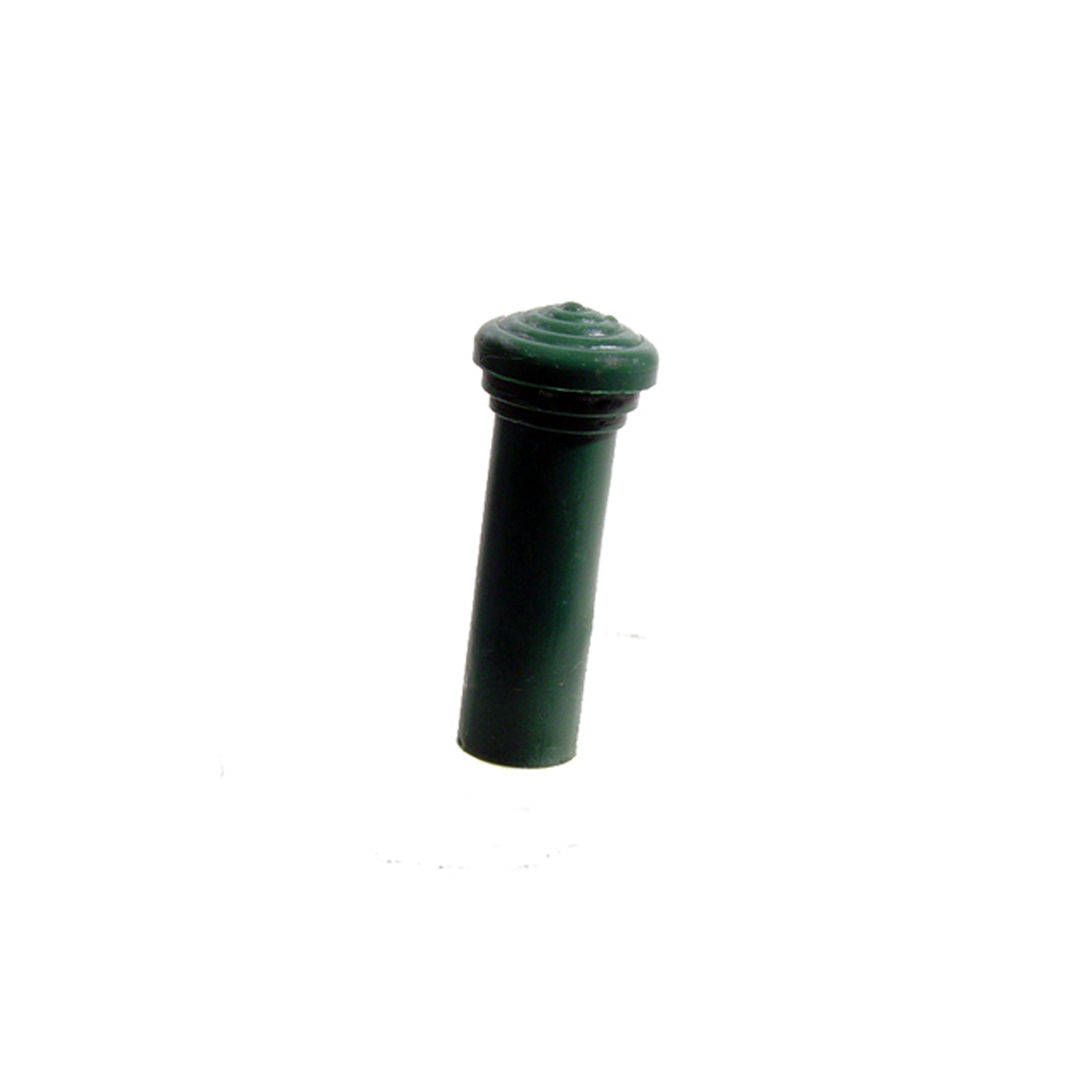 1960 Chevrolet Bel Air Door Lock Knob. Made of Moss Green rubber, self-threading-RP 304-NDoor Lock Knob. Made of Moss Green rubber, self-threading. 1-3/8" tall with 1/8" lower I.D., 3/8" lower O.D. Each
1960 Chevrolet Bel Air Door Lock Knob. Made of Moss Green rubber, self-threading-RP 304-NDoor Lock Knob. Made of Moss Green rubber, self-threading. 1-3/8" tall with 1/8" lower I.D., 3/8" lower O.D. Each 1960 Chevrolet Bel Air Door Lock Knob. Made of Ember glow rubber, self-threading-RP 304-ODoor Lock Knob. Made of Ember glow rubber, self-threading. 1-3/8" tall with 1/8" lower I.D., 3/8" lower O.D. Each
1960 Chevrolet Bel Air Door Lock Knob. Made of Ember glow rubber, self-threading-RP 304-ODoor Lock Knob. Made of Ember glow rubber, self-threading. 1-3/8" tall with 1/8" lower I.D., 3/8" lower O.D. Each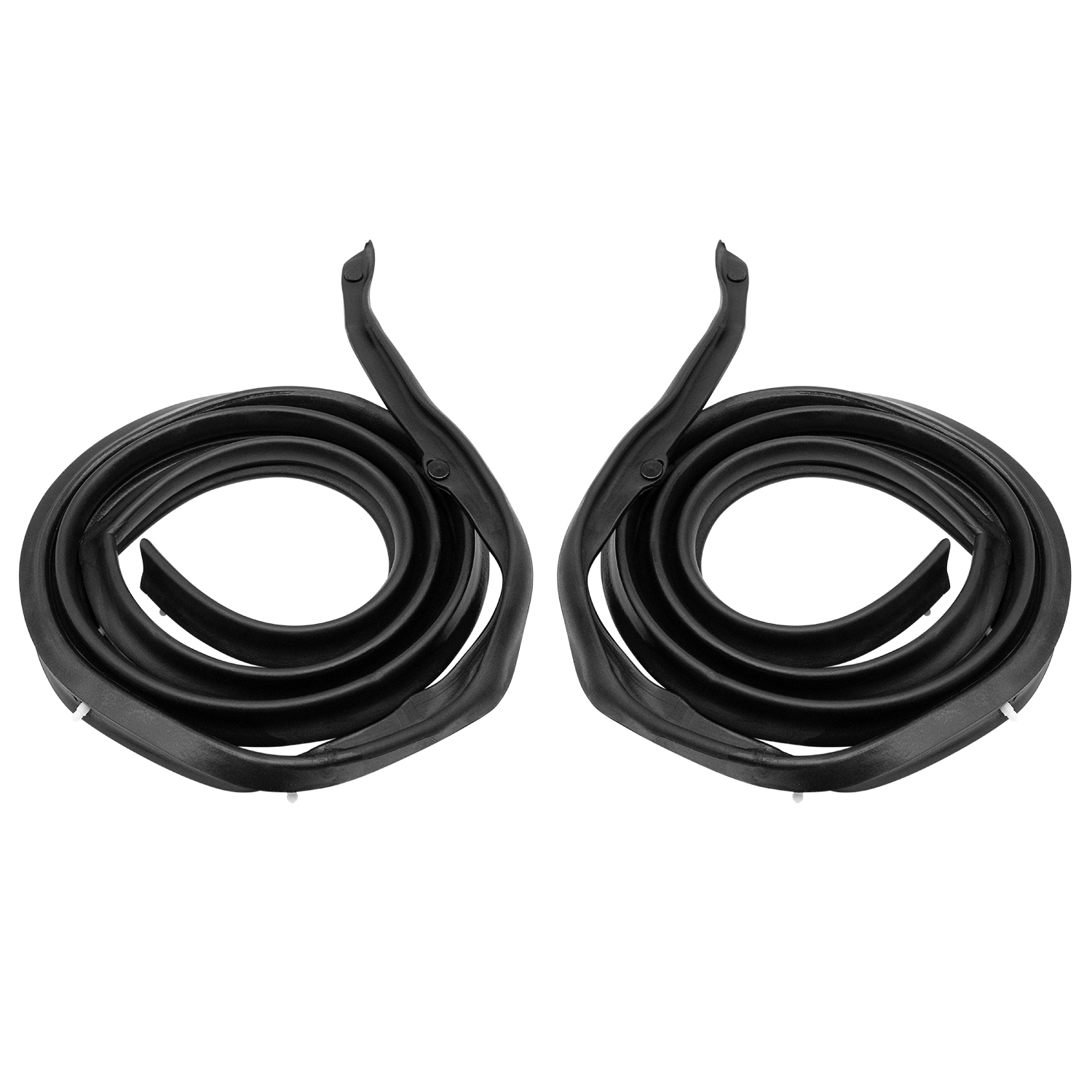 1960 Chevrolet Bel Air Roof rail seals-RR 8120-BRoof rail seals, '59-'60 GM 'A' and 'B' body 4 door hardtop models, pair. Replaces OEM #'s 4782170/4782171/4783149/4783150.
1960 Chevrolet Bel Air Roof rail seals-RR 8120-BRoof rail seals, '59-'60 GM 'A' and 'B' body 4 door hardtop models, pair. Replaces OEM #'s 4782170/4782171/4783149/4783150.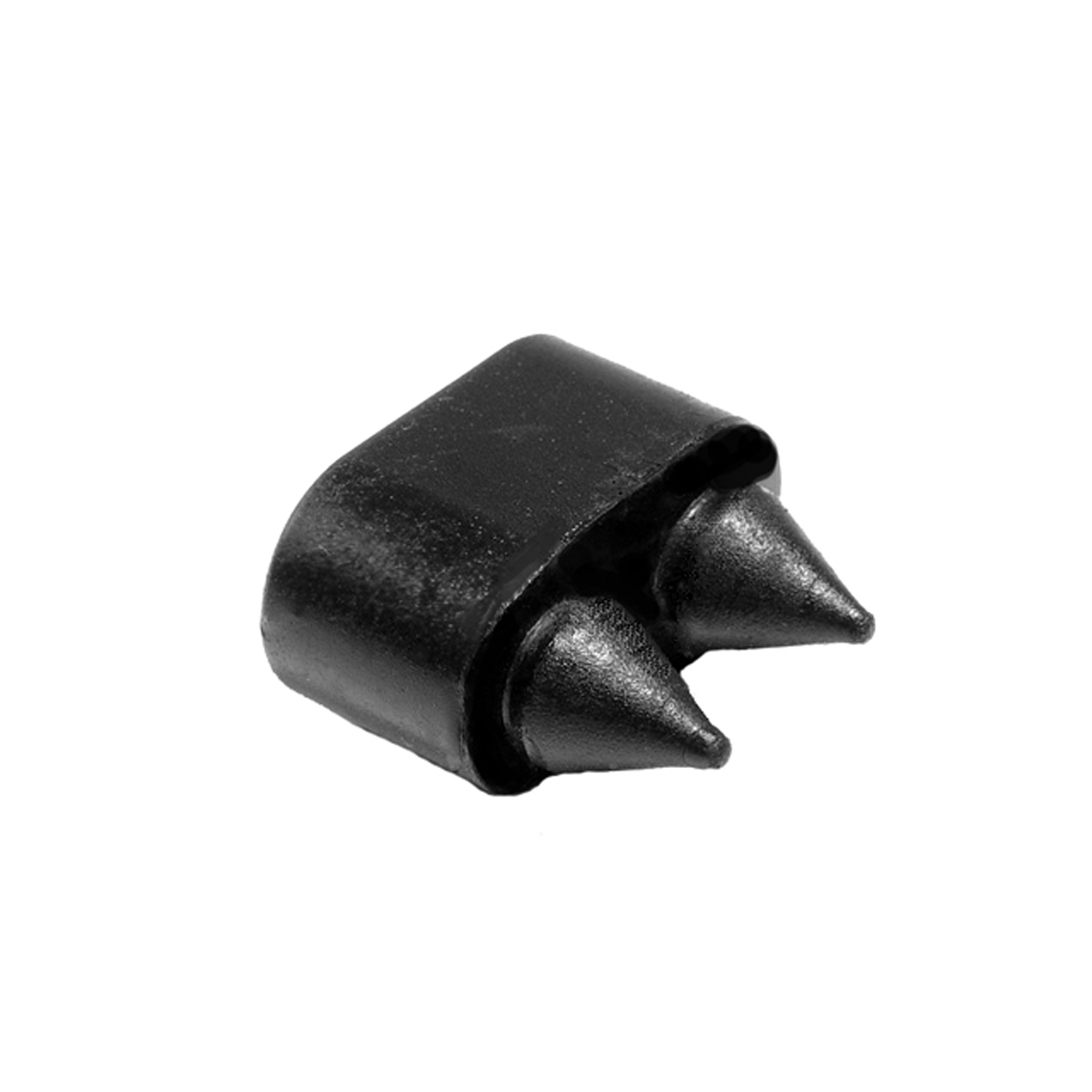 1960 Chevrolet Bel Air Door Bumper. Made with twin retainers-SB 32Door Bumper. Made with twin retainers. 3/4" high X 1/2" wide X 15/16" long. Each
1960 Chevrolet Bel Air Door Bumper. Made with twin retainers-SB 32Door Bumper. Made with twin retainers. 3/4" high X 1/2" wide X 15/16" long. Each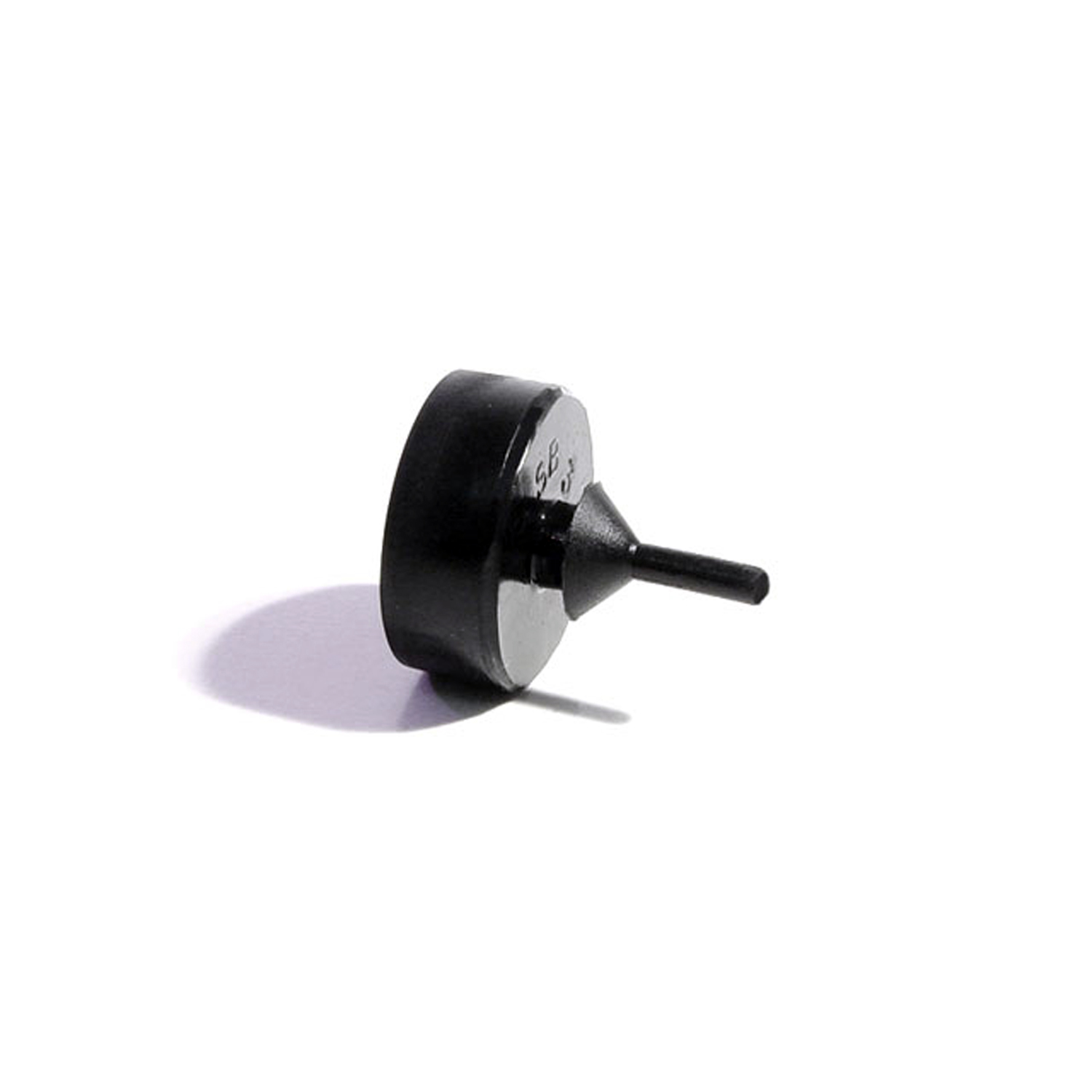 1960 Chevrolet Bel Air Trunk Bumper. Fits lower corner on decklid. 15/16" O.D-SB 34Trunk Bumper. Fits lower corner on decklid. 15/16" O.D., 11/16" high. Each
1960 Chevrolet Bel Air Trunk Bumper. Fits lower corner on decklid. 15/16" O.D-SB 34Trunk Bumper. Fits lower corner on decklid. 15/16" O.D., 11/16" high. Each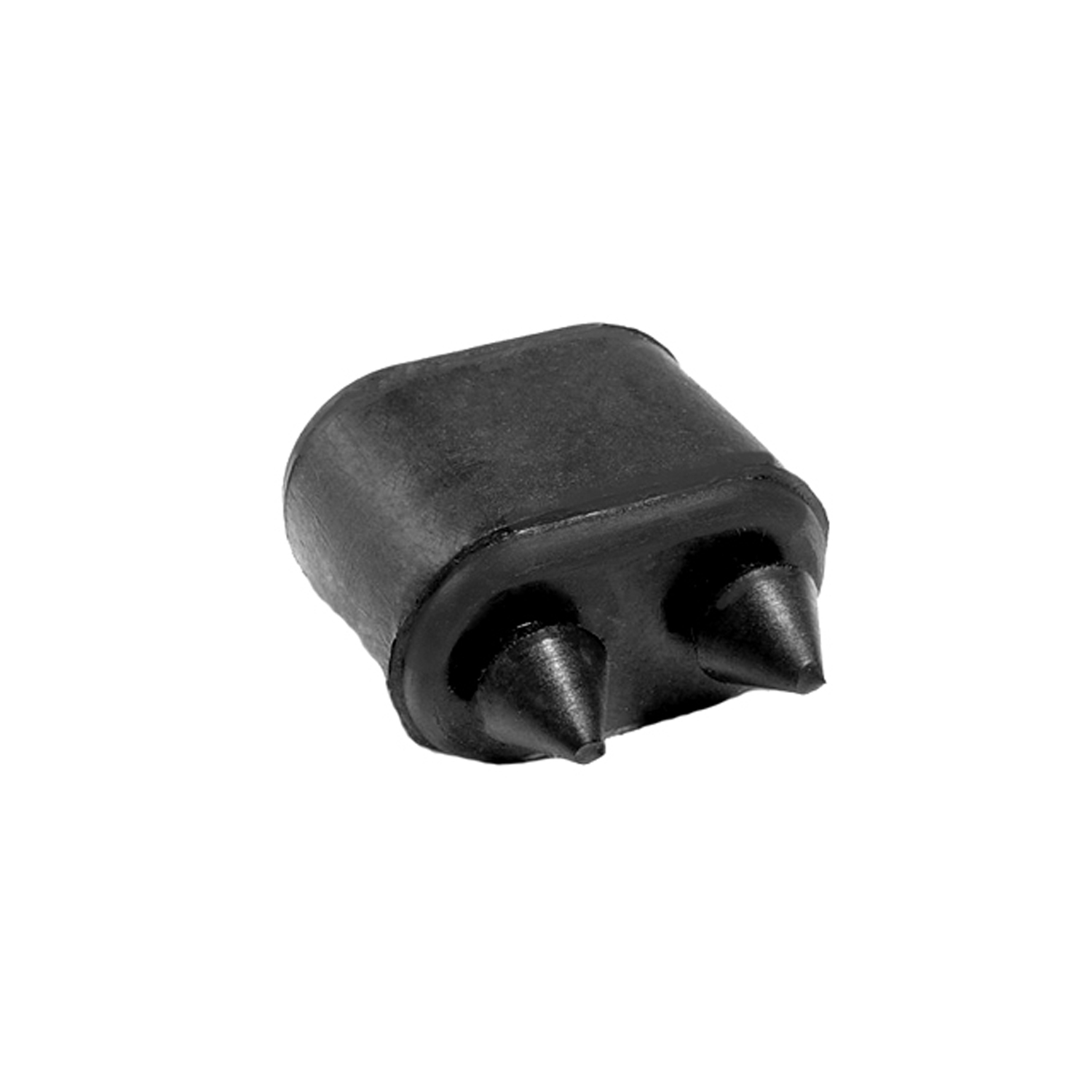 1960 Chevrolet Bel Air Door Bumper, 57-74 GM Cars, Made with Twin Retainers, Each-SB 35Door Bumper, 57-74 GM Cars, made with twin retainers, Each. Measure 1-1/16" high X 19/32" wide X 1-1/32" long.
1960 Chevrolet Bel Air Door Bumper, 57-74 GM Cars, Made with Twin Retainers, Each-SB 35Door Bumper, 57-74 GM Cars, made with twin retainers, Each. Measure 1-1/16" high X 19/32" wide X 1-1/32" long.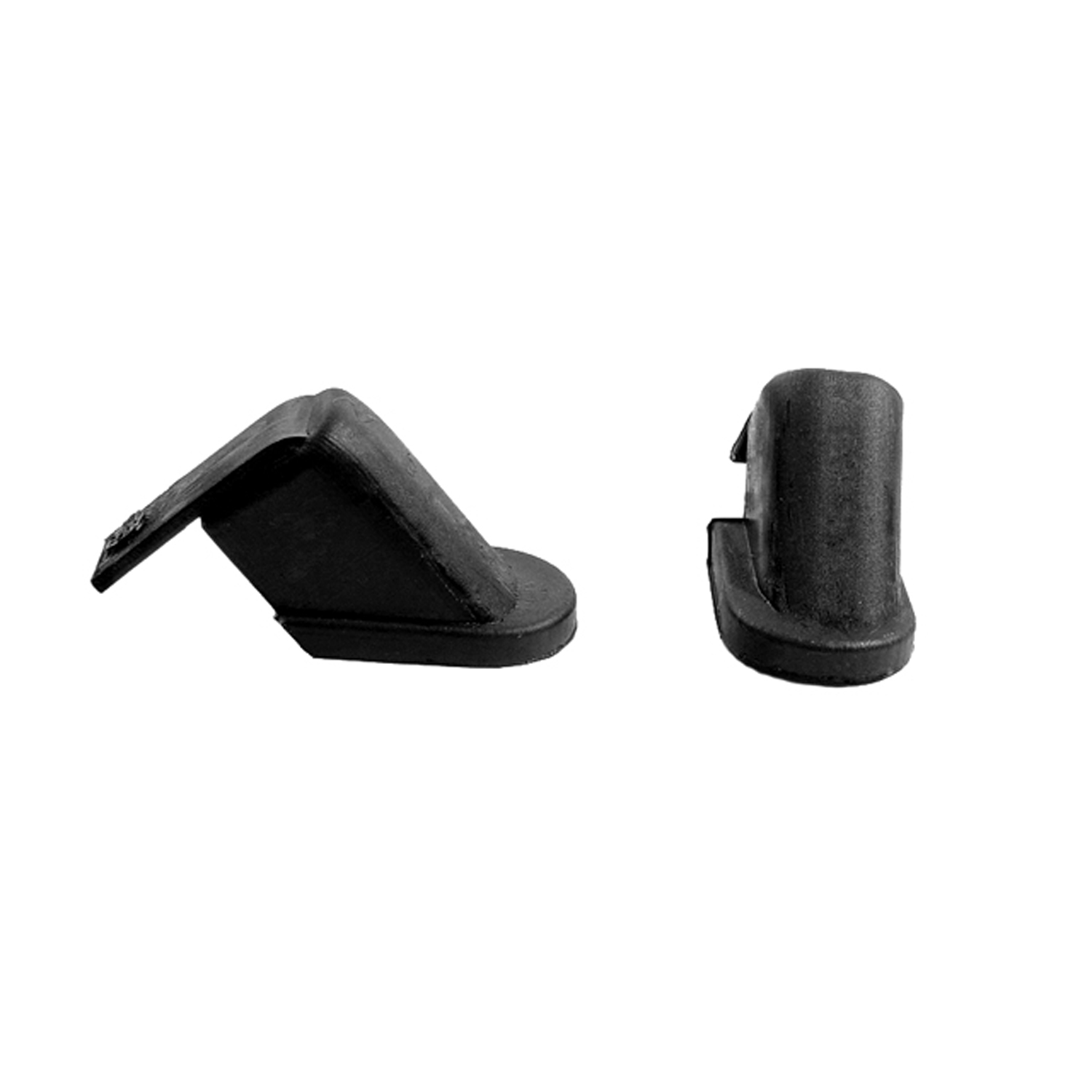 1960 Chevrolet Bel Air Side Window Bumper-SB 98-ASide Window Bumper. For side window glass in vent frame at top of window. Made with steel core like original. Replaces OEM #4301942-43. Pair R&L
1960 Chevrolet Bel Air Side Window Bumper-SB 98-ASide Window Bumper. For side window glass in vent frame at top of window. Made with steel core like original. Replaces OEM #4301942-43. Pair R&L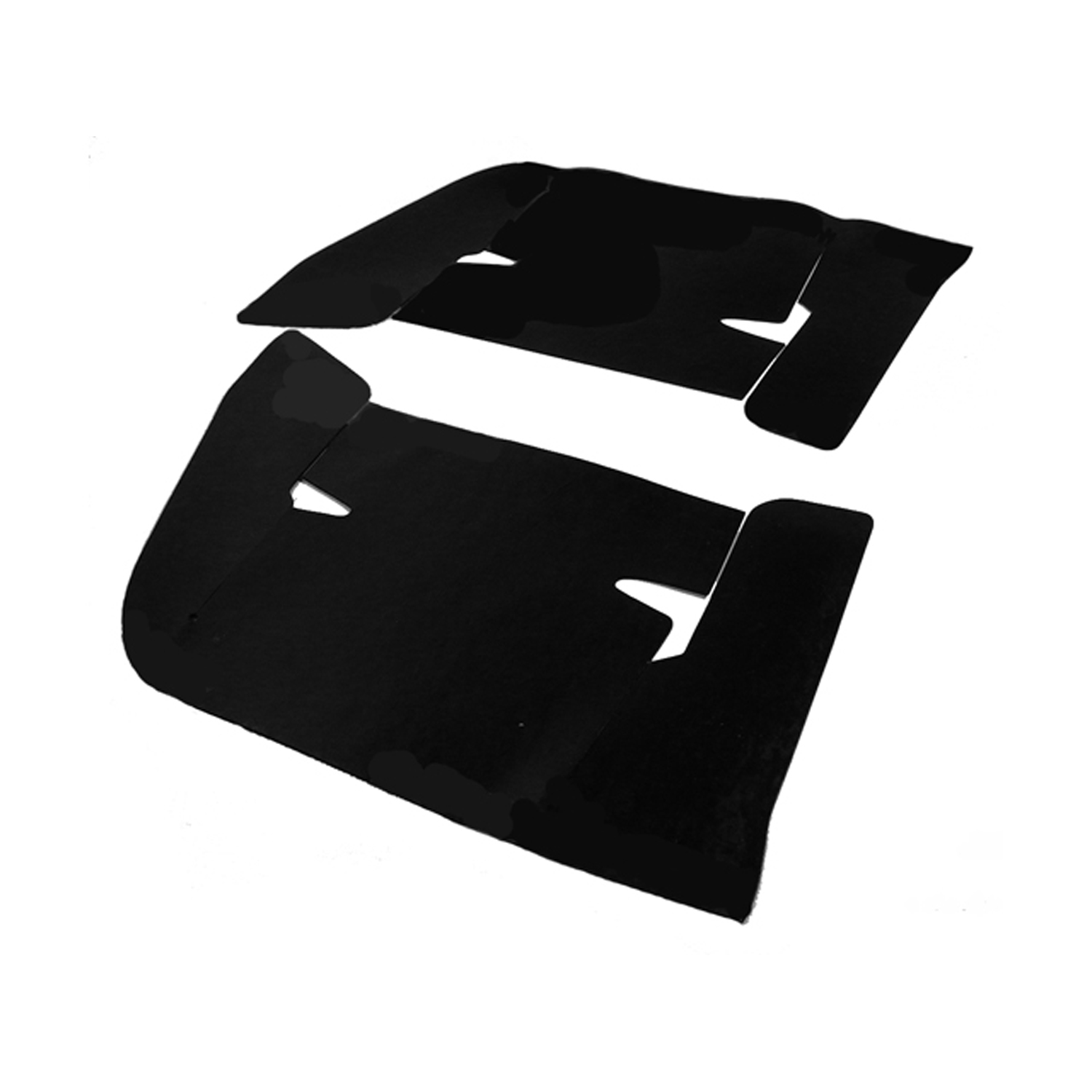 1960 Chevrolet Bel Air Inner Splash Flaps-SI 2004-205Inner Splash Flaps. Used as dust and mud shield to keep engine compartments clean. Made from stiff rubber that is identical to original in composition, texture and color. Pair
1960 Chevrolet Bel Air Inner Splash Flaps-SI 2004-205Inner Splash Flaps. Used as dust and mud shield to keep engine compartments clean. Made from stiff rubber that is identical to original in composition, texture and color. Pair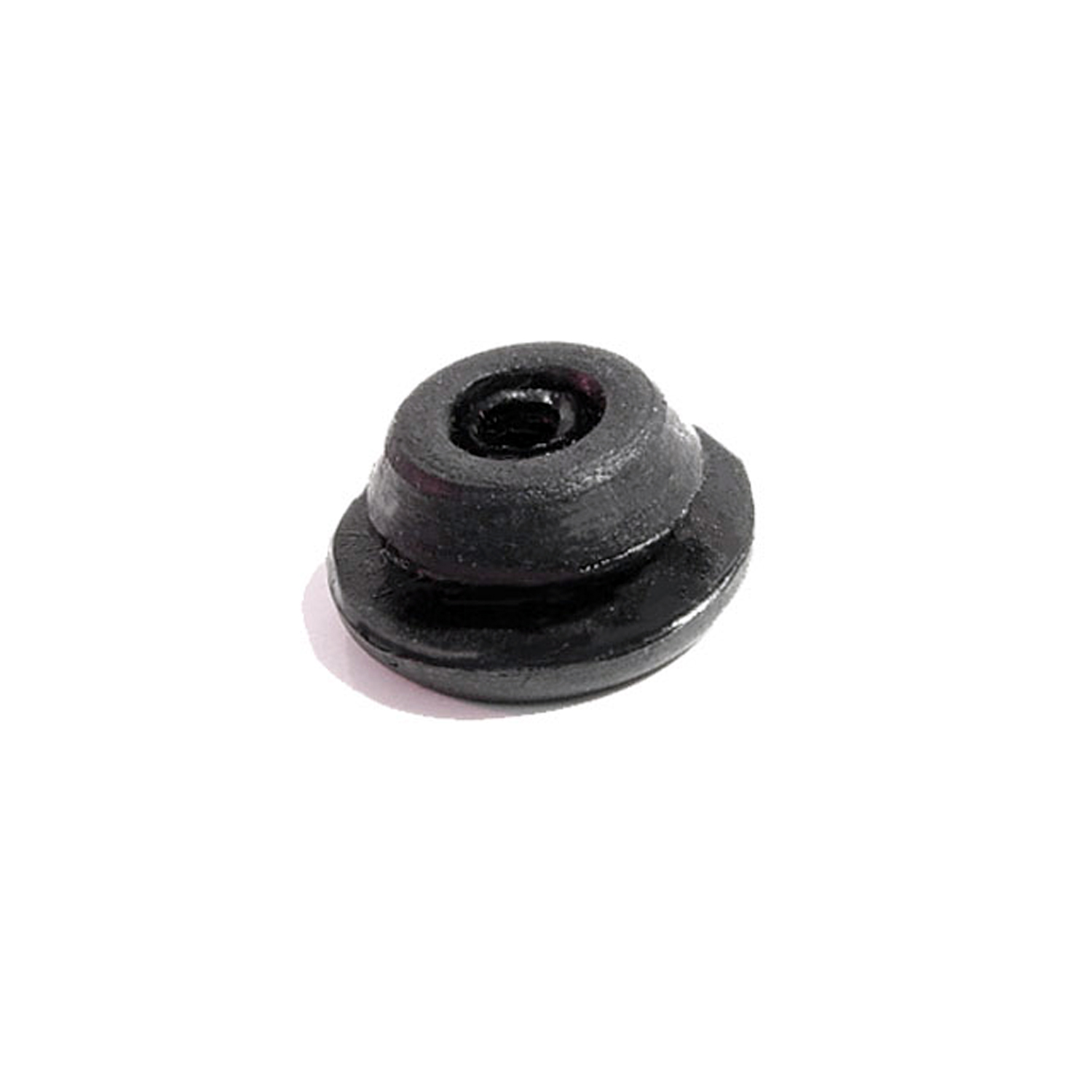 1960 Chevrolet Bel Air Special Purpose Grommet-SM 4Special Purpose Grommet. For firewall, fuel gauge wire, horn wire, hood latch cable and fresh air cable. Fits 1/2" hole. 1/8" center hole. Each
1960 Chevrolet Bel Air Special Purpose Grommet-SM 4Special Purpose Grommet. For firewall, fuel gauge wire, horn wire, hood latch cable and fresh air cable. Fits 1/2" hole. 1/8" center hole. Each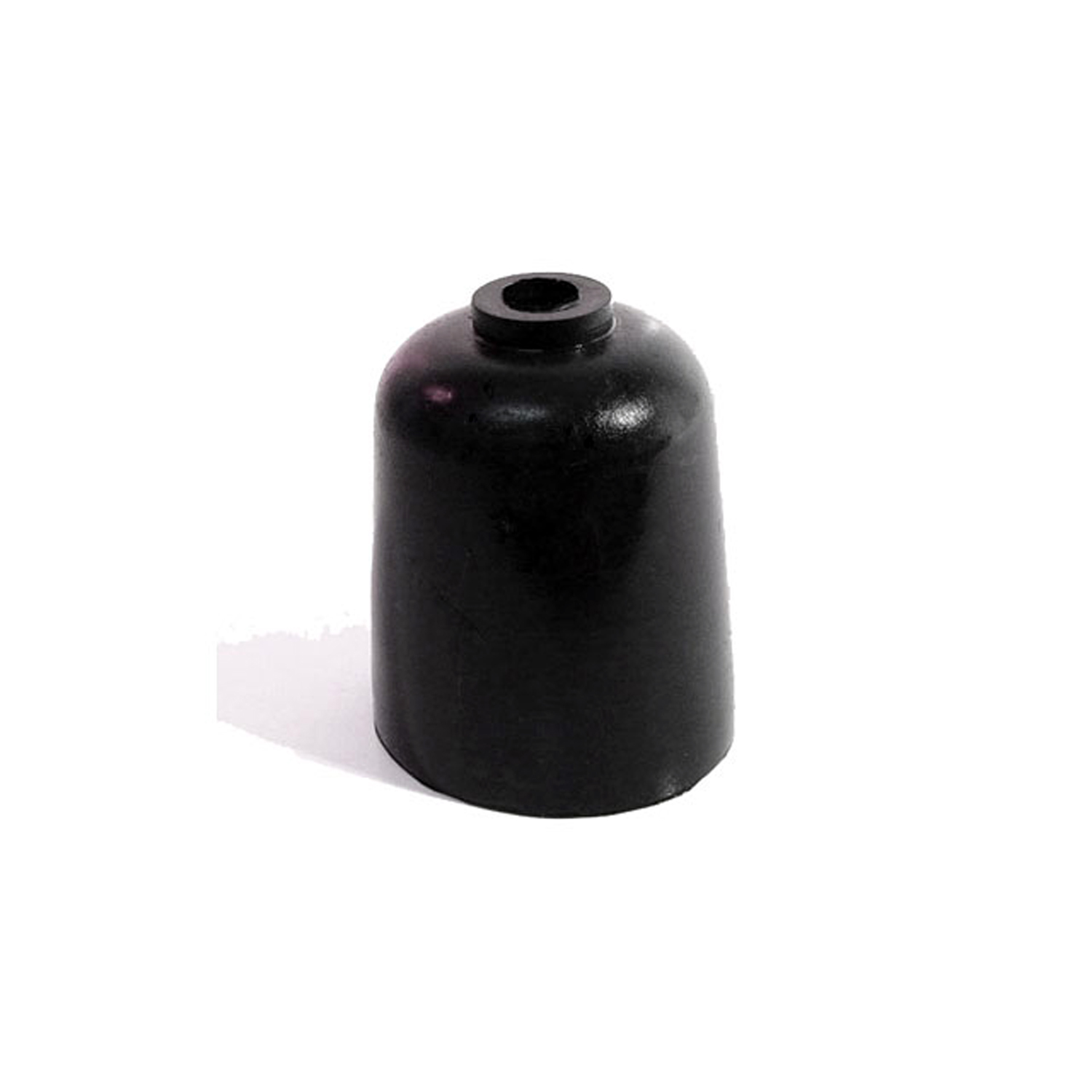 1960 Chevrolet Bel Air Master Cylinder Rod Dust Boot. Each-SM 65-EMaster Cylinder Rod Dust Boot. Each
1960 Chevrolet Bel Air Master Cylinder Rod Dust Boot. Each-SM 65-EMaster Cylinder Rod Dust Boot. Each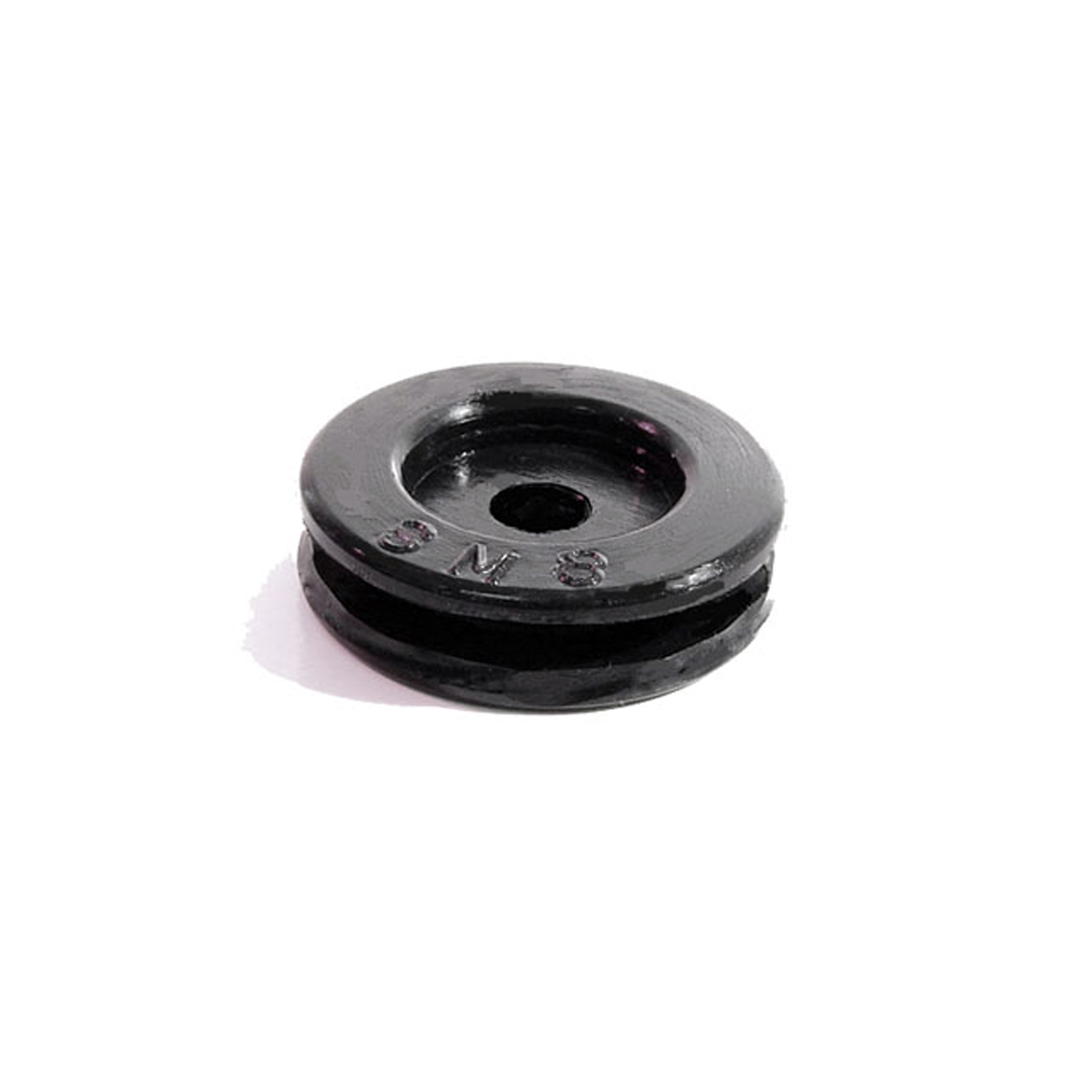 1960 Chevrolet Bel Air Firewall and Utility Grommet. Fits 3/4" hole. 3/16" I.D-SM 8Firewall and Utility Grommet. Fits 3/4" hole. 3/16" I.D. Each
1960 Chevrolet Bel Air Firewall and Utility Grommet. Fits 3/4" hole. 3/16" I.D-SM 8Firewall and Utility Grommet. Fits 3/4" hole. 3/16" I.D. Each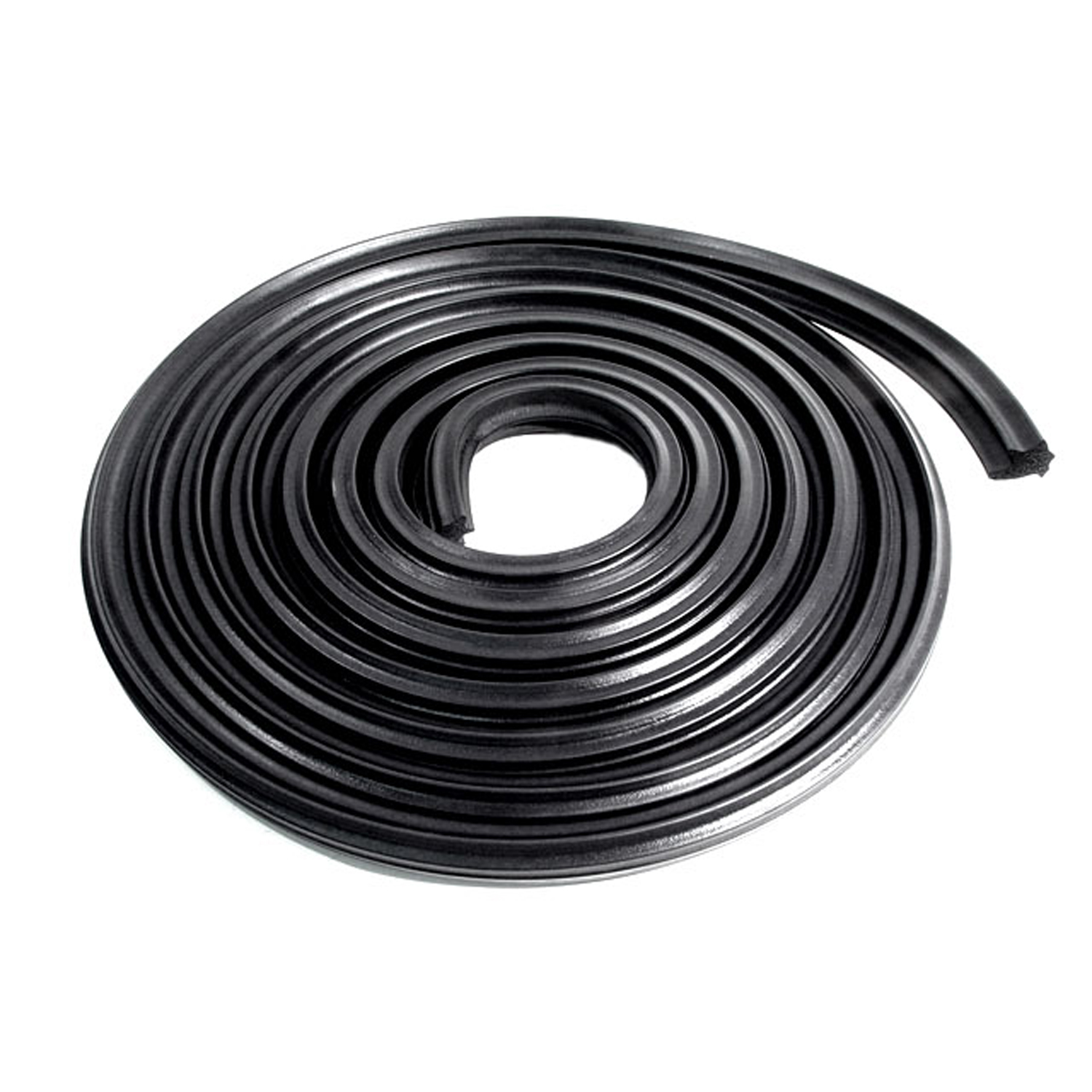 1960 Chevrolet Bel Air Trunk Seal. 18 feet long. Each-TK 46-18Trunk Seal. 18 feet long. Each
1960 Chevrolet Bel Air Trunk Seal. 18 feet long. Each-TK 46-18Trunk Seal. 18 feet long. Each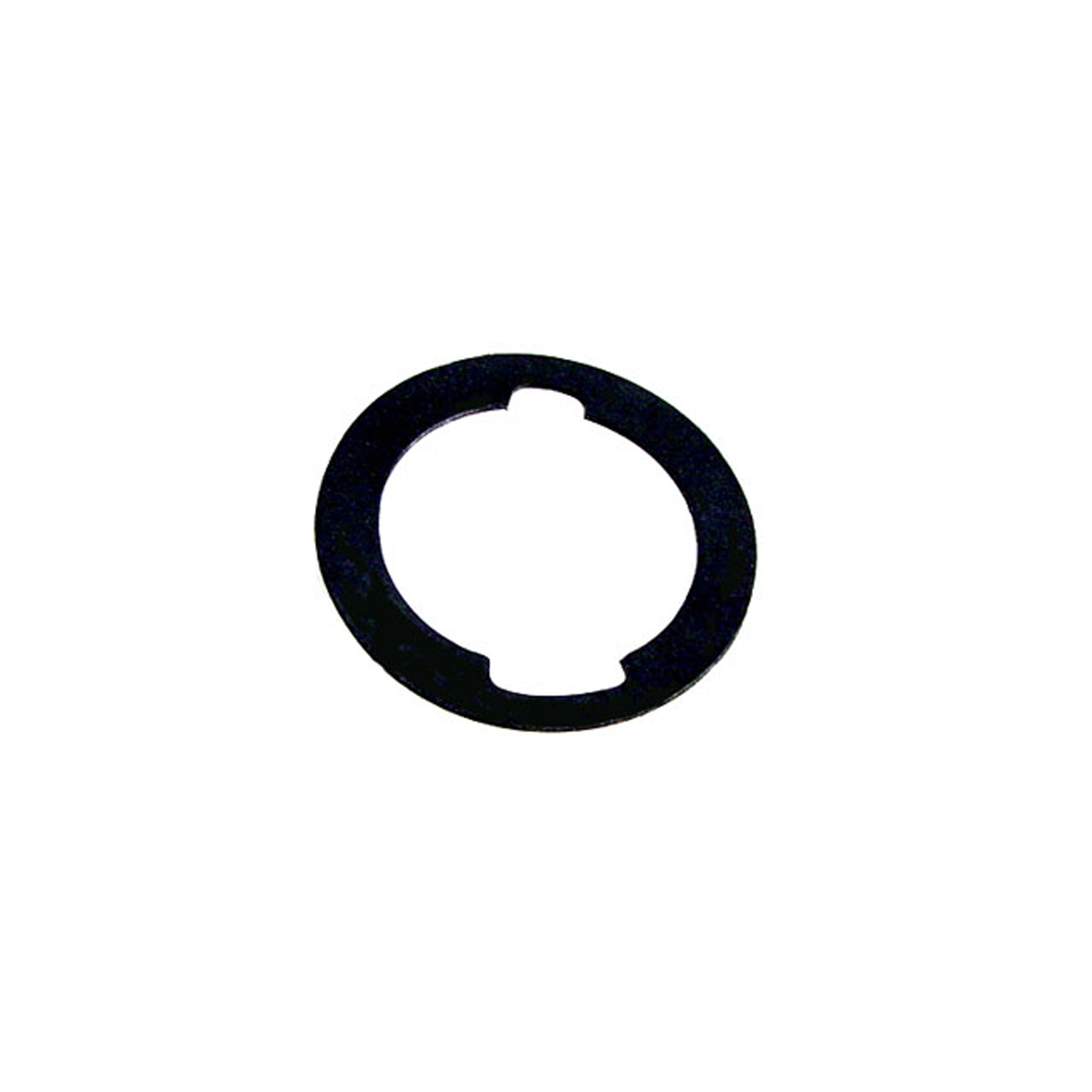 1960 Chevrolet Bel Air Unbeaded Door and Trunk Lock Gasket. 1-3/16" O.D., 7/8" I.D-UM 1600-100Unbeaded Door and Trunk Lock Gasket. 1-3/16" O.D., 7/8" I.D. Each
1960 Chevrolet Bel Air Unbeaded Door and Trunk Lock Gasket. 1-3/16" O.D., 7/8" I.D-UM 1600-100Unbeaded Door and Trunk Lock Gasket. 1-3/16" O.D., 7/8" I.D. Each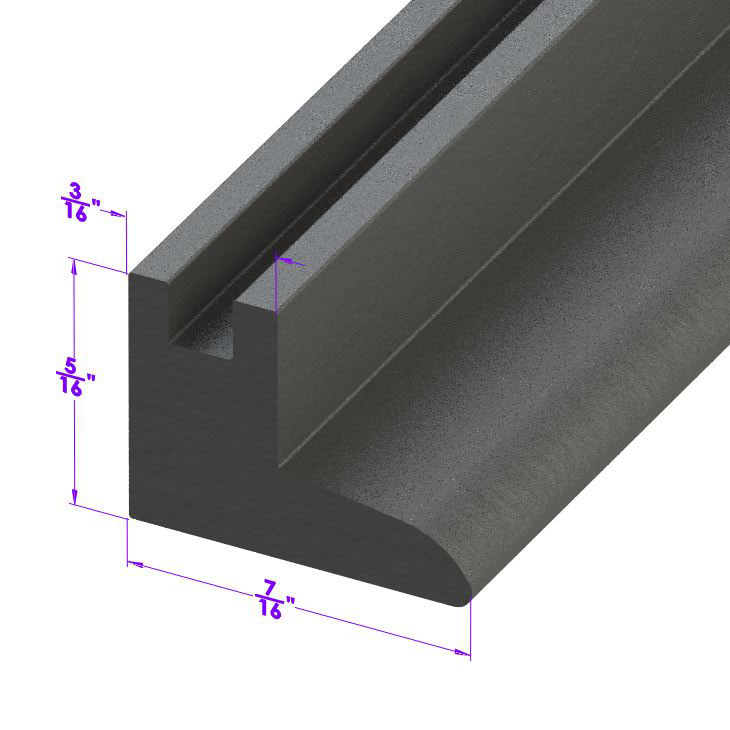 1960 Chevrolet Bel Air Vertical Seal for Vent Window. Each is 17" long. Pair-VS 2Vertical Seal for Vent Window. Each is 17" long. Pair
1960 Chevrolet Bel Air Vertical Seal for Vent Window. Each is 17" long. Pair-VS 2Vertical Seal for Vent Window. Each is 17" long. Pair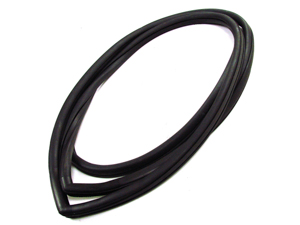 1960 Chevrolet Bel Air Vulcanized Windshield Seal, for 2-Door Hardtops. Each-VWS 0566Vulcanized Windshield Seal, for 2-Door Hardtops. Each
1960 Chevrolet Bel Air Vulcanized Windshield Seal, for 2-Door Hardtops. Each-VWS 0566Vulcanized Windshield Seal, for 2-Door Hardtops. Each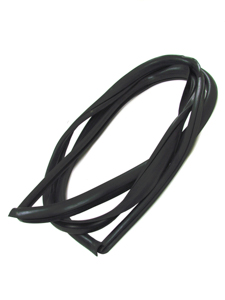 1960 Chevrolet Bel Air Vulcanized Rear Windshield Seal. 2 & 4 Door Sedan. Each-VWS 3005-RVulcanized Rear Windshield Seal. 2 & 4 Door Sedan. Each
1960 Chevrolet Bel Air Vulcanized Rear Windshield Seal. 2 & 4 Door Sedan. Each-VWS 3005-RVulcanized Rear Windshield Seal. 2 & 4 Door Sedan. Each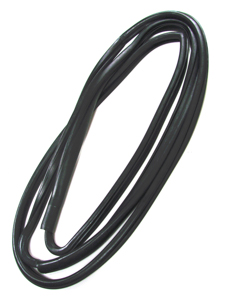 1960 Chevrolet Bel Air Vulcanized Rear Windshield Seal-VWS 3006-RVulcanized Rear Windshield Seal. For 2-door hardtop without interior garnish molding. Each
1960 Chevrolet Bel Air Vulcanized Rear Windshield Seal-VWS 3006-RVulcanized Rear Windshield Seal. For 2-door hardtop without interior garnish molding. Each 1960 Chevrolet Bel Air Vulcanized Rear Windshield Seal-VWS 3007-RVulcanized Rear Windshield Seal. For 2-door hardtop with interior garnish molding. Each
1960 Chevrolet Bel Air Vulcanized Rear Windshield Seal-VWS 3007-RVulcanized Rear Windshield Seal. For 2-door hardtop with interior garnish molding. Each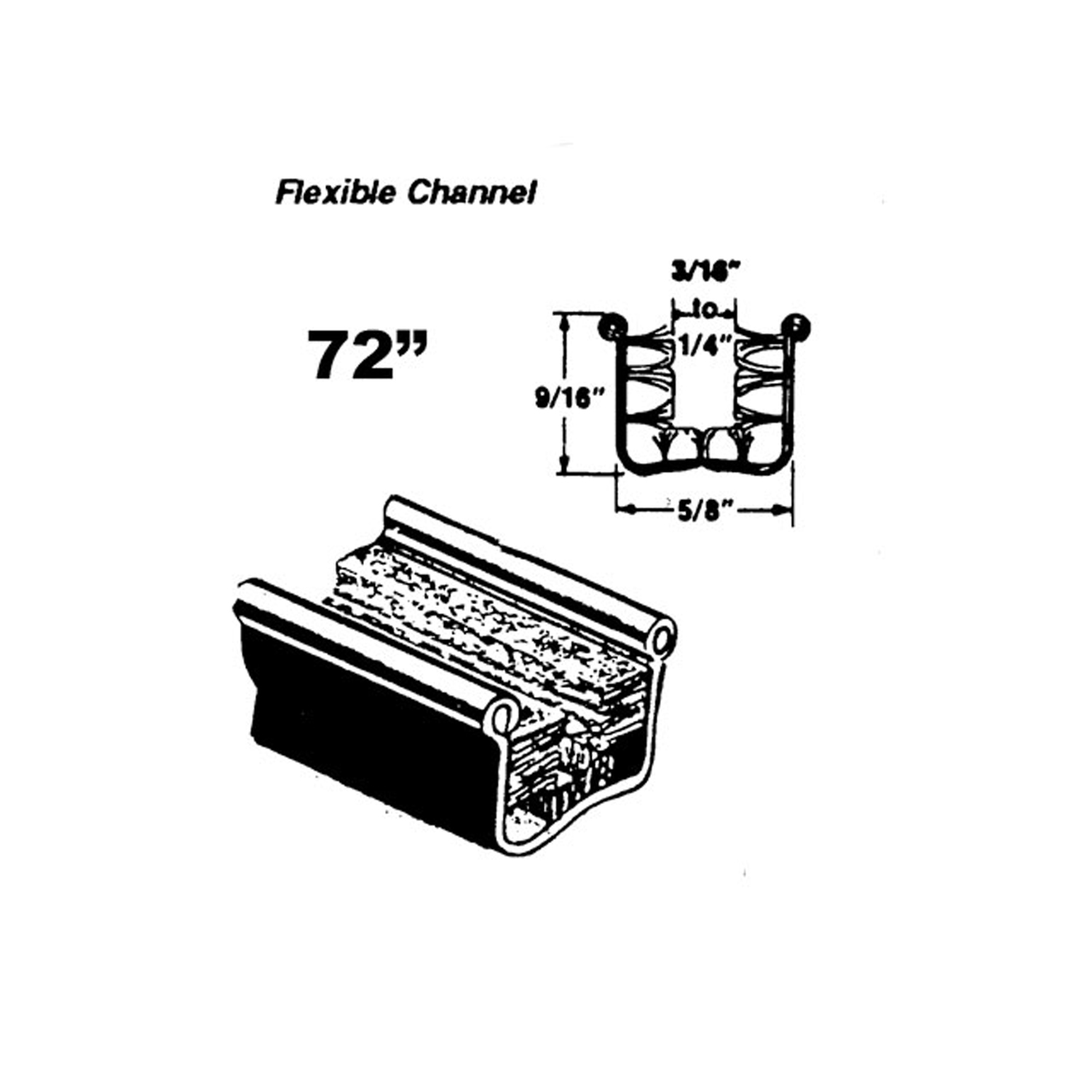 1960 Chevrolet Bel Air Flexible glass-run channel-WC 11-72Flexible glass-run channel. Mohair lined, cloth covered with stainless steel bead. Used on side windows. 72 in. long. Each. NOTE: $20 special shipping charge applies for domestic orders. Call or email for overseas shipping costs. Part can be sectioned in two equal lengths to reduce overseas shipping costs.
1960 Chevrolet Bel Air Flexible glass-run channel-WC 11-72Flexible glass-run channel. Mohair lined, cloth covered with stainless steel bead. Used on side windows. 72 in. long. Each. NOTE: $20 special shipping charge applies for domestic orders. Call or email for overseas shipping costs. Part can be sectioned in two equal lengths to reduce overseas shipping costs.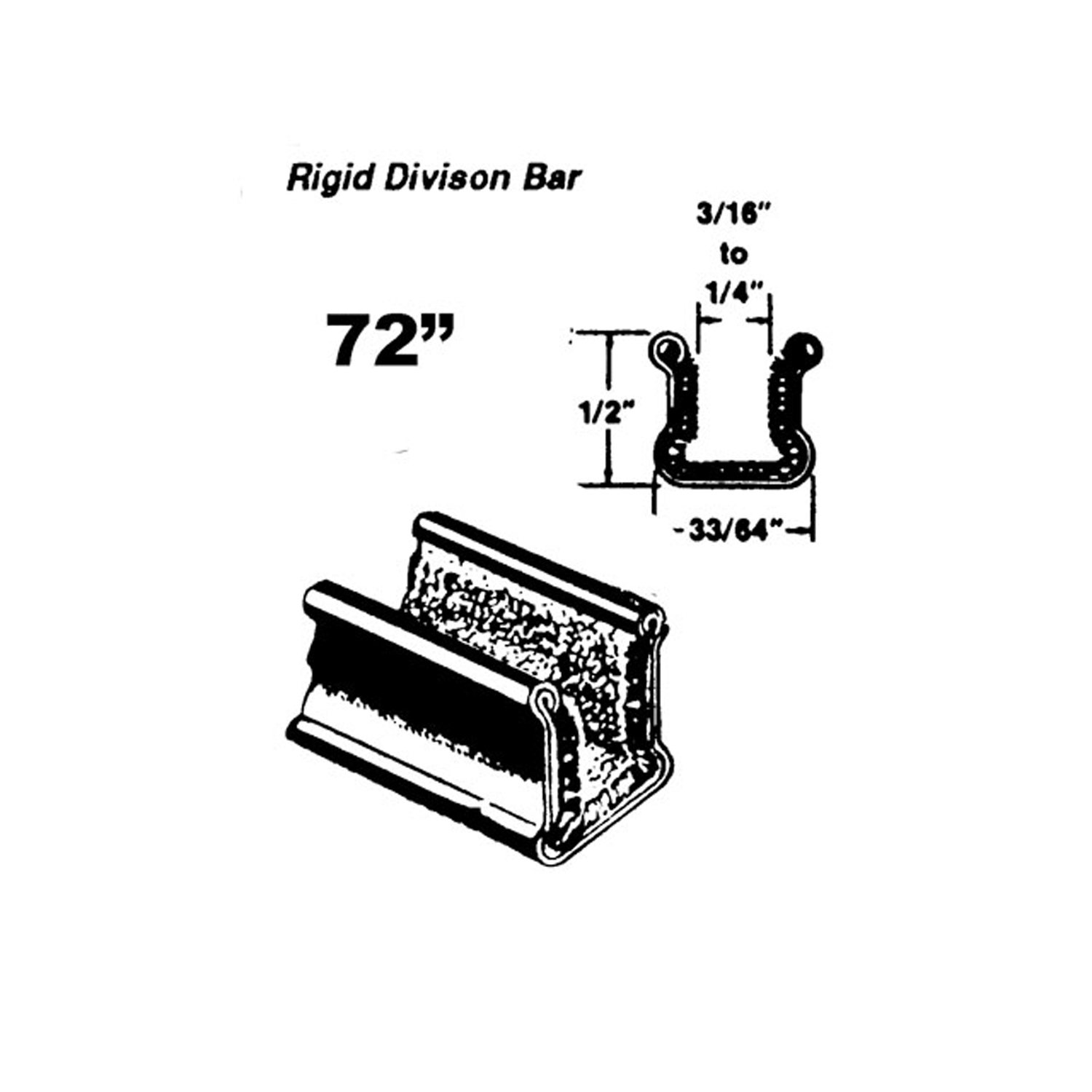 1960 Chevrolet Bel Air Rigid division-bar channel. Made with Zinc-plated bead-WC 1-72Rigid division-bar channel. Made with Zinc-plated bead. Used on lower side windows. 72 in. long. Each. NOTE: $20 special shipping charge applies for domestic orders. Call or email for overseas shipping costs. Part can be sectioned into two equal lengths to reduce overseas shipping costs.
1960 Chevrolet Bel Air Rigid division-bar channel. Made with Zinc-plated bead-WC 1-72Rigid division-bar channel. Made with Zinc-plated bead. Used on lower side windows. 72 in. long. Each. NOTE: $20 special shipping charge applies for domestic orders. Call or email for overseas shipping costs. Part can be sectioned into two equal lengths to reduce overseas shipping costs. 1960 Chevrolet Bel Air Rigid division-bar channel. Made with Zinc-plated bead-WC 1-96Rigid division-bar channel. Made with Zinc-plated bead. Used on lower side windows. 96 in. long. Each. NOTE: $20 special shipping charge applies for domestic orders. Call or email for overseas shipping costs. Part can be sectioned in two or three equal lengths to reduce overseas shipping costs.
1960 Chevrolet Bel Air Rigid division-bar channel. Made with Zinc-plated bead-WC 1-96Rigid division-bar channel. Made with Zinc-plated bead. Used on lower side windows. 96 in. long. Each. NOTE: $20 special shipping charge applies for domestic orders. Call or email for overseas shipping costs. Part can be sectioned in two or three equal lengths to reduce overseas shipping costs.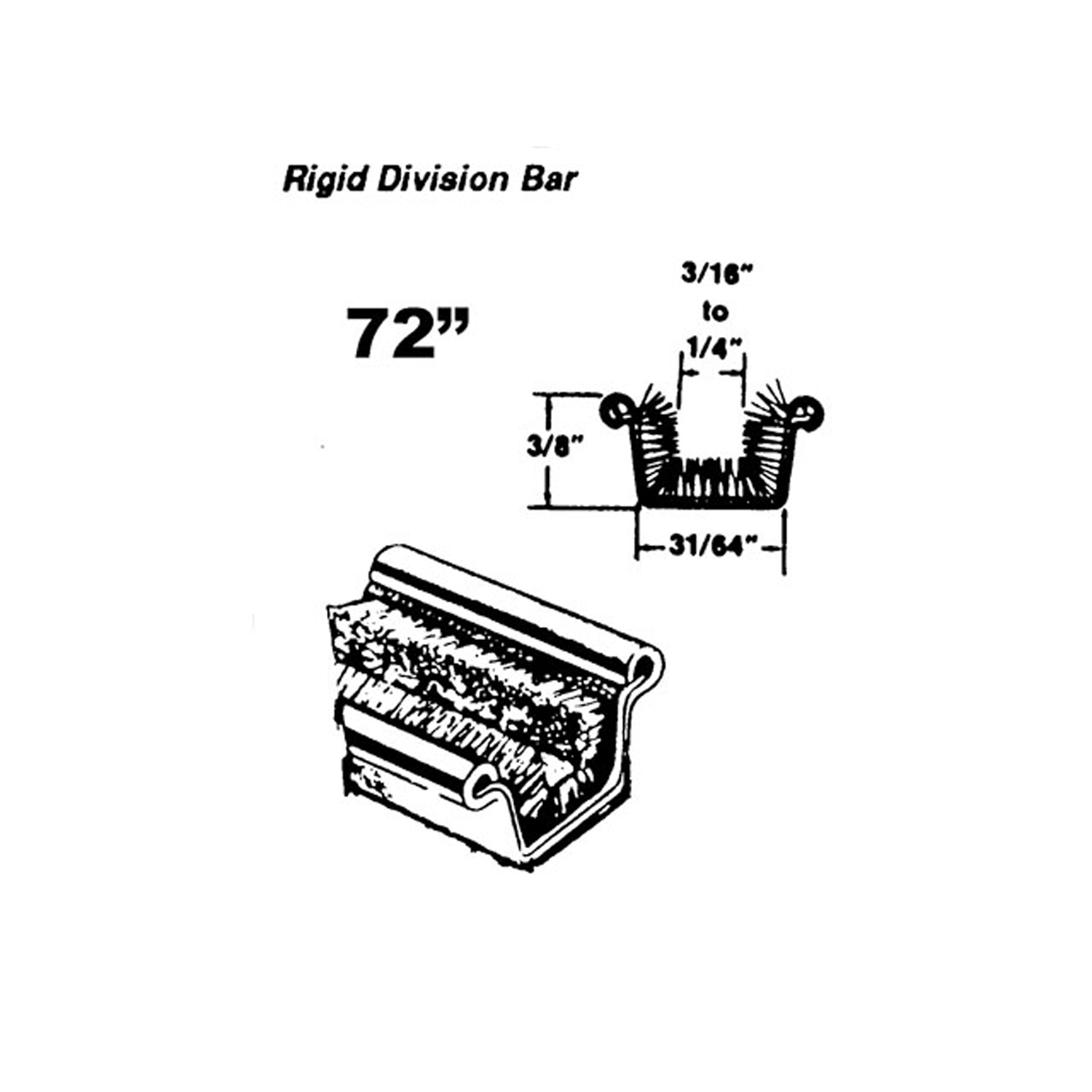 1960 Chevrolet Bel Air Rigid division-bar channel. Made with stainless steel bead-WC 2-72Rigid division-bar channel. Made with stainless steel bead. 72 in. long. Each. NOTE: $20 special shipping charge applies for domestic orders. Call or email for overseas shipping costs. Part can be sectioned into two equal lengths to reduce overseas shipping costs.
1960 Chevrolet Bel Air Rigid division-bar channel. Made with stainless steel bead-WC 2-72Rigid division-bar channel. Made with stainless steel bead. 72 in. long. Each. NOTE: $20 special shipping charge applies for domestic orders. Call or email for overseas shipping costs. Part can be sectioned into two equal lengths to reduce overseas shipping costs.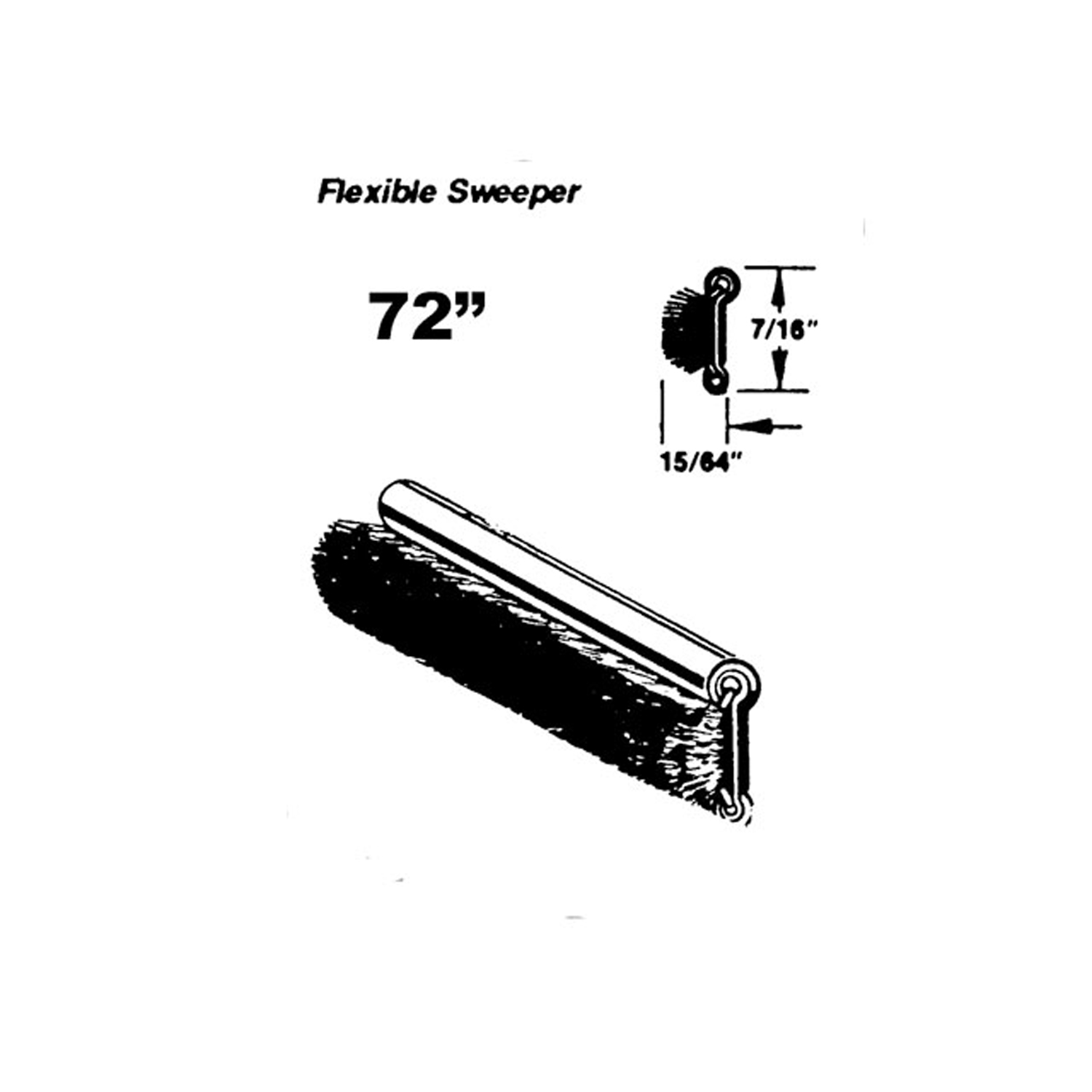 1960 Chevrolet Bel Air Flexible sweeper. Made with stainless steel bead-WC 8-72Flexible sweeper. Made with stainless steel bead. Used on inner and outer beltlines. Also forms easily for use with sliding quarter windows. 72 in. long. Each. NOTE: $20 special shipping charge applies for domestic orders. Call or email for overseas shipping costs. Part can be sectioned into two equal lengths to reduce overseas shipping costs.
1960 Chevrolet Bel Air Flexible sweeper. Made with stainless steel bead-WC 8-72Flexible sweeper. Made with stainless steel bead. Used on inner and outer beltlines. Also forms easily for use with sliding quarter windows. 72 in. long. Each. NOTE: $20 special shipping charge applies for domestic orders. Call or email for overseas shipping costs. Part can be sectioned into two equal lengths to reduce overseas shipping costs. 1960 Chevrolet Bel Air Vent window with rear division channel seals-WR 2002-BVent window with rear division channel seals - left and right, '59-'60 GM 'A', 'B' & 'C' body 2 & 4 door hardtop and convertible models, four piece set. Main seals replace OEM #'s 4304478/4304479 only.
1960 Chevrolet Bel Air Vent window with rear division channel seals-WR 2002-BVent window with rear division channel seals - left and right, '59-'60 GM 'A', 'B' & 'C' body 2 & 4 door hardtop and convertible models, four piece set. Main seals replace OEM #'s 4304478/4304479 only.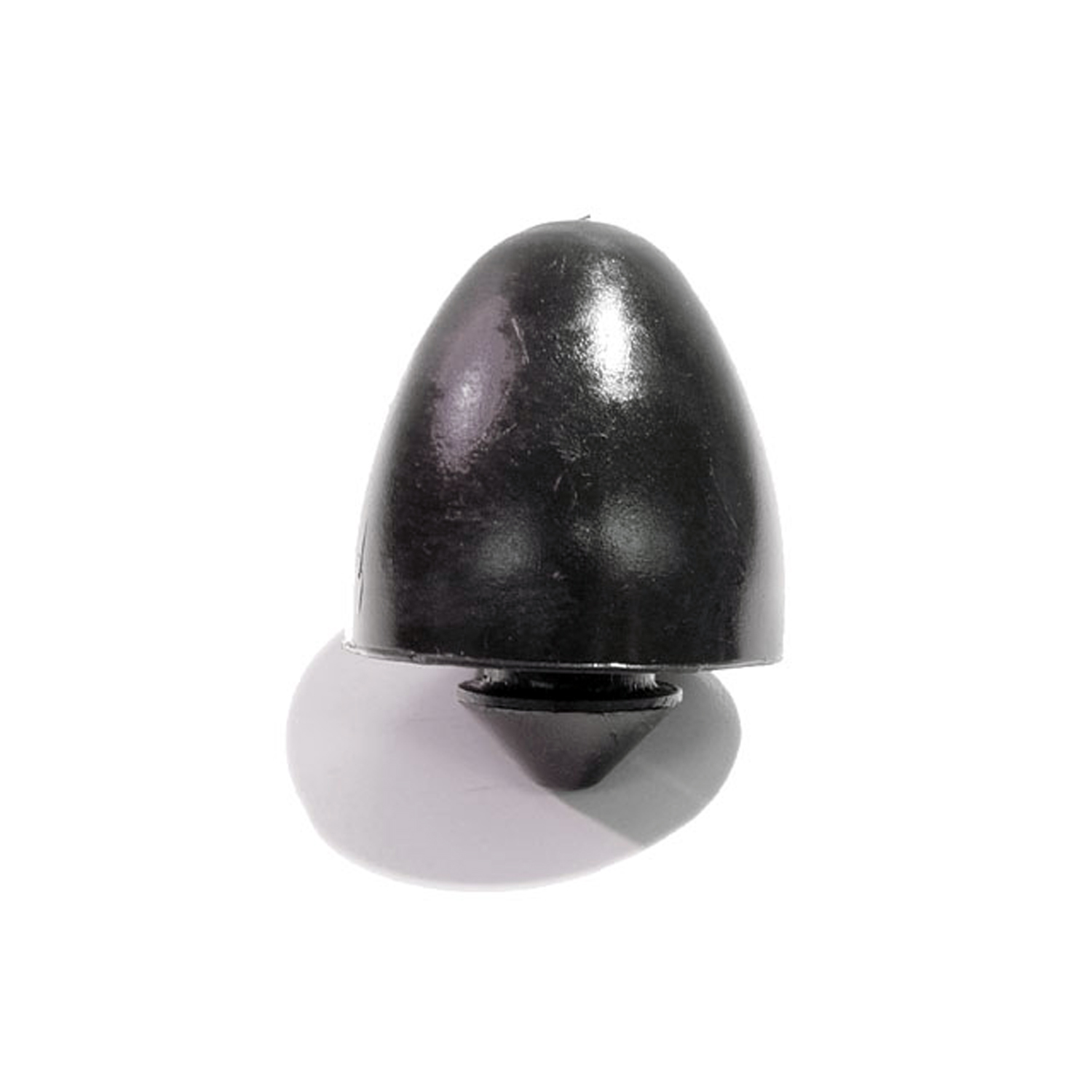 1960 Chevrolet Bel Air Front Suspension Bumper. For steering knuckle support-XB 20Front Suspension Bumper. For steering knuckle support. 1-3/8" high. Each
1960 Chevrolet Bel Air Front Suspension Bumper. For steering knuckle support-XB 20Front Suspension Bumper. For steering knuckle support. 1-3/8" high. EachWhy Choose Metro?
For over 100 years, Metro Moulded Parts has been the pinnacle of quality in classic car restoration parts. Our commitment to precision and authenticity in every component ensures a perfect fit and an OEM-level appearance.
- Expert Craftsmanship & Quality: Each part is a testament to our dedication to reliability and perfection, crafted from original designs and thoroughly tested.
- Advanced Technology: We use cutting-edge techniques to create flawless, long-lasting parts that surpass others in performance.
- SuperSoft Sponge – The Ultimate Door Seal: Not only are our door seals 30% softer than competitors', but they're also guaranteed to never leak. They effectively reduce wind and road noise, enhancing your classic car's comfort and driving experience.
- Proudly American: Our parts are a product of American craftsmanship, made in the USA with a spirit of excellence and heritage.
- Unrivaled Warranty: We back our products with a 30-year industry-leading warranty, a testament to our confidence in their quality.
Join us in preserving the legacy of classic cars with parts that are crafted for perfection, not just made.

